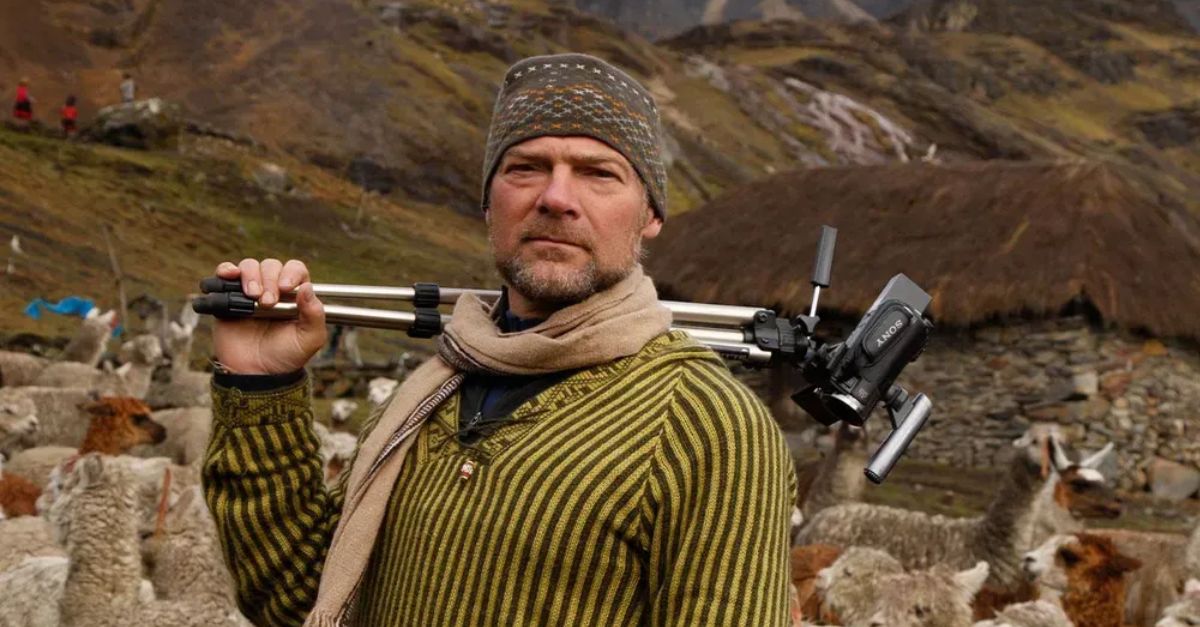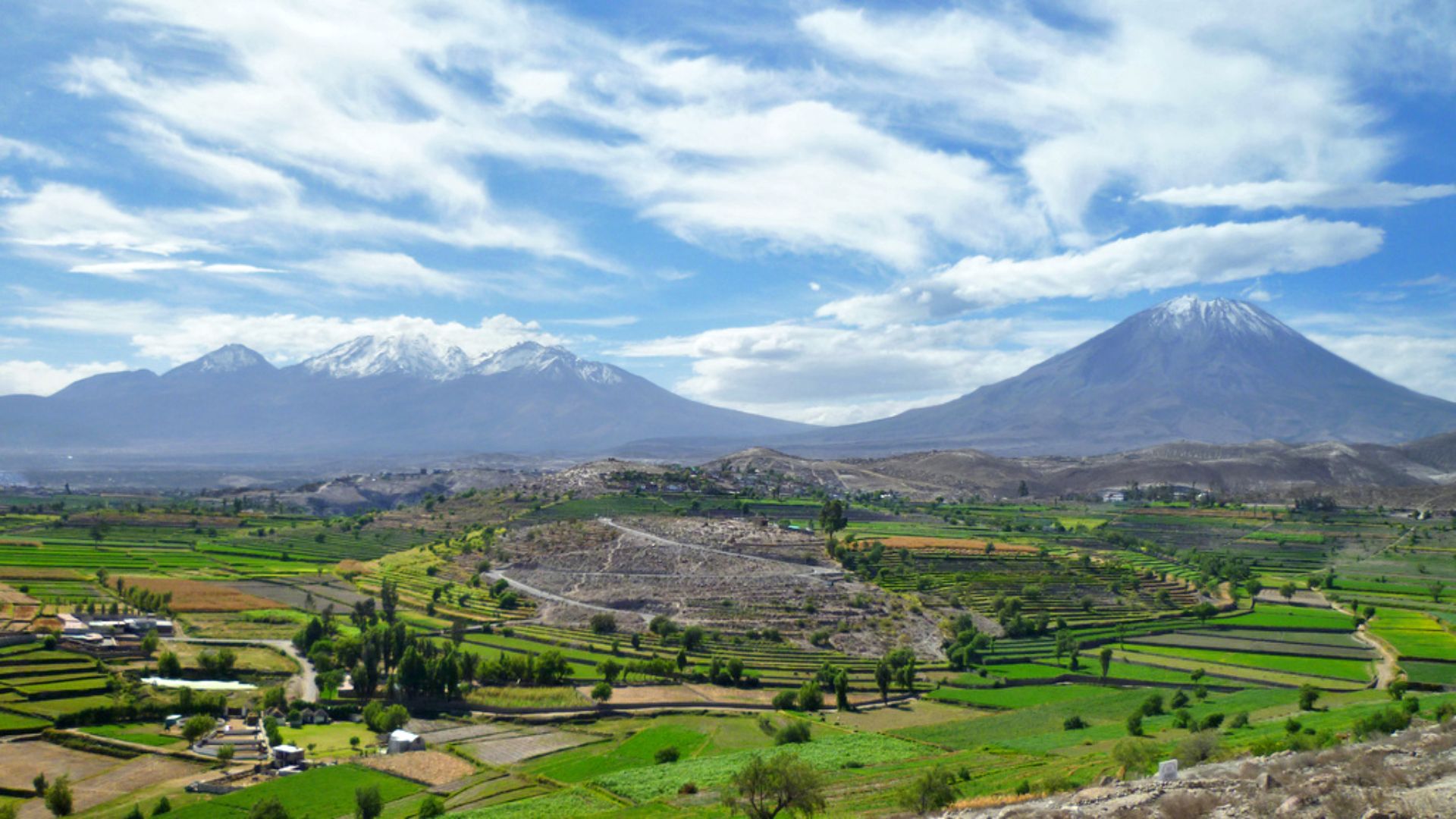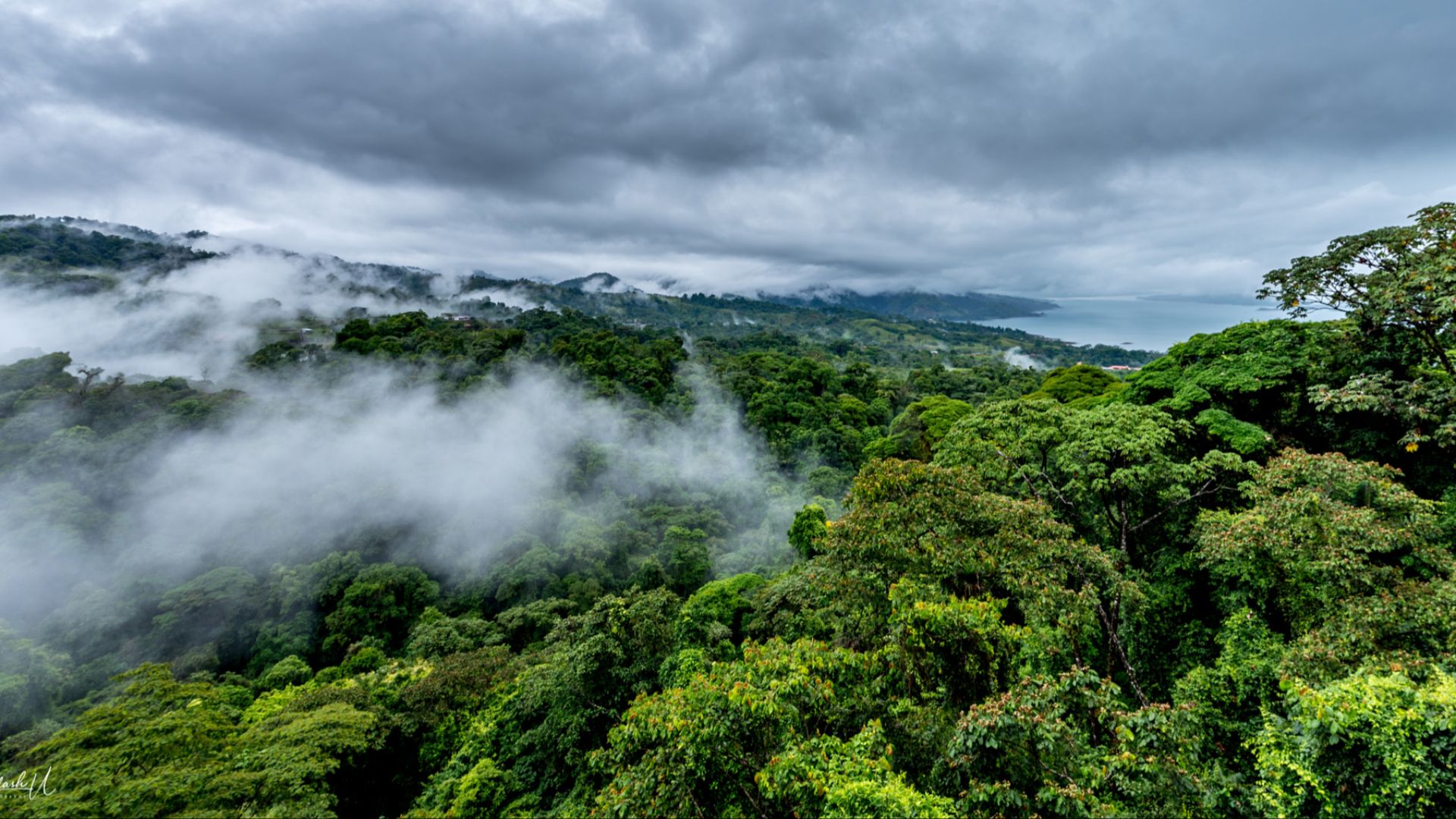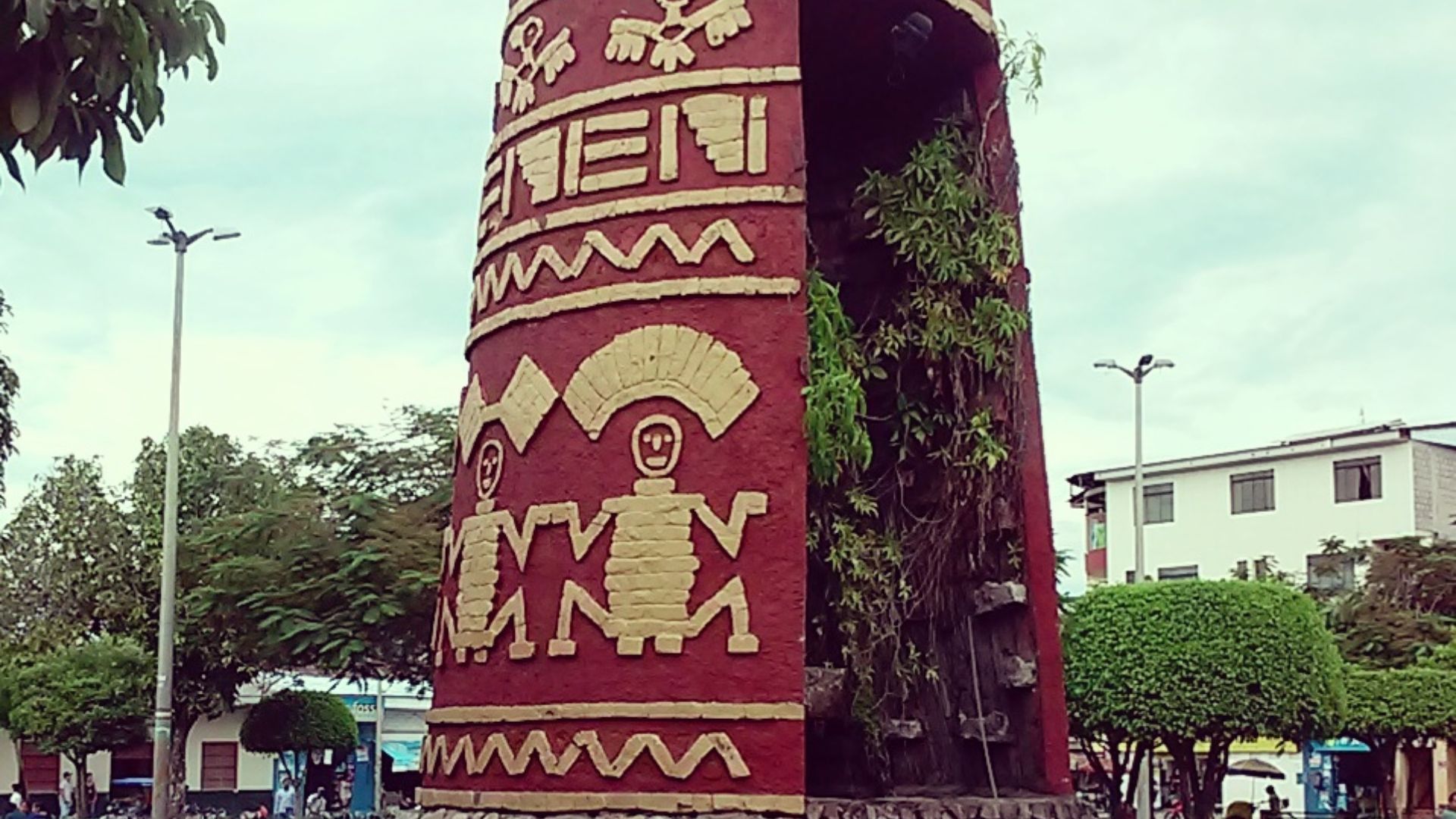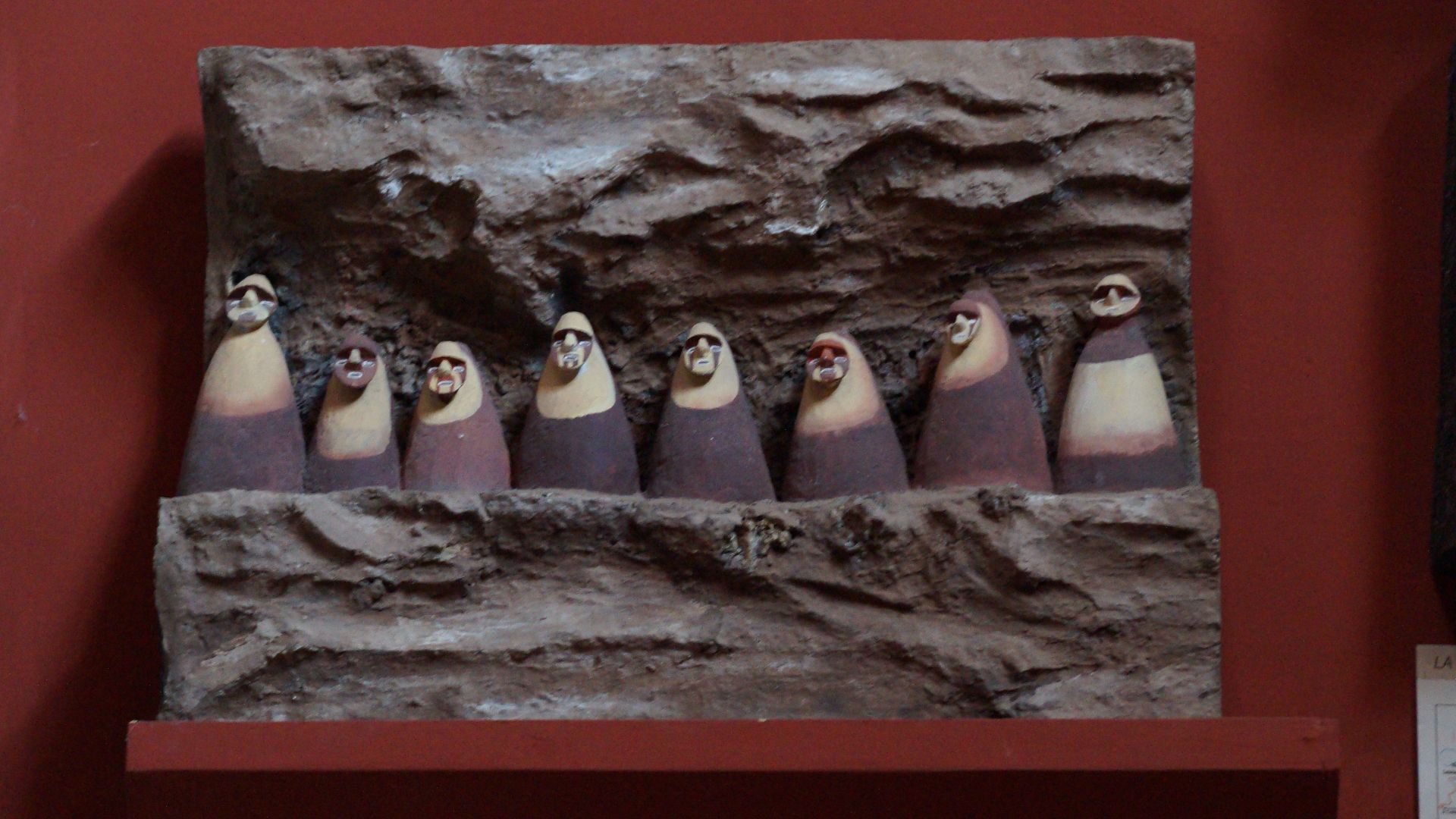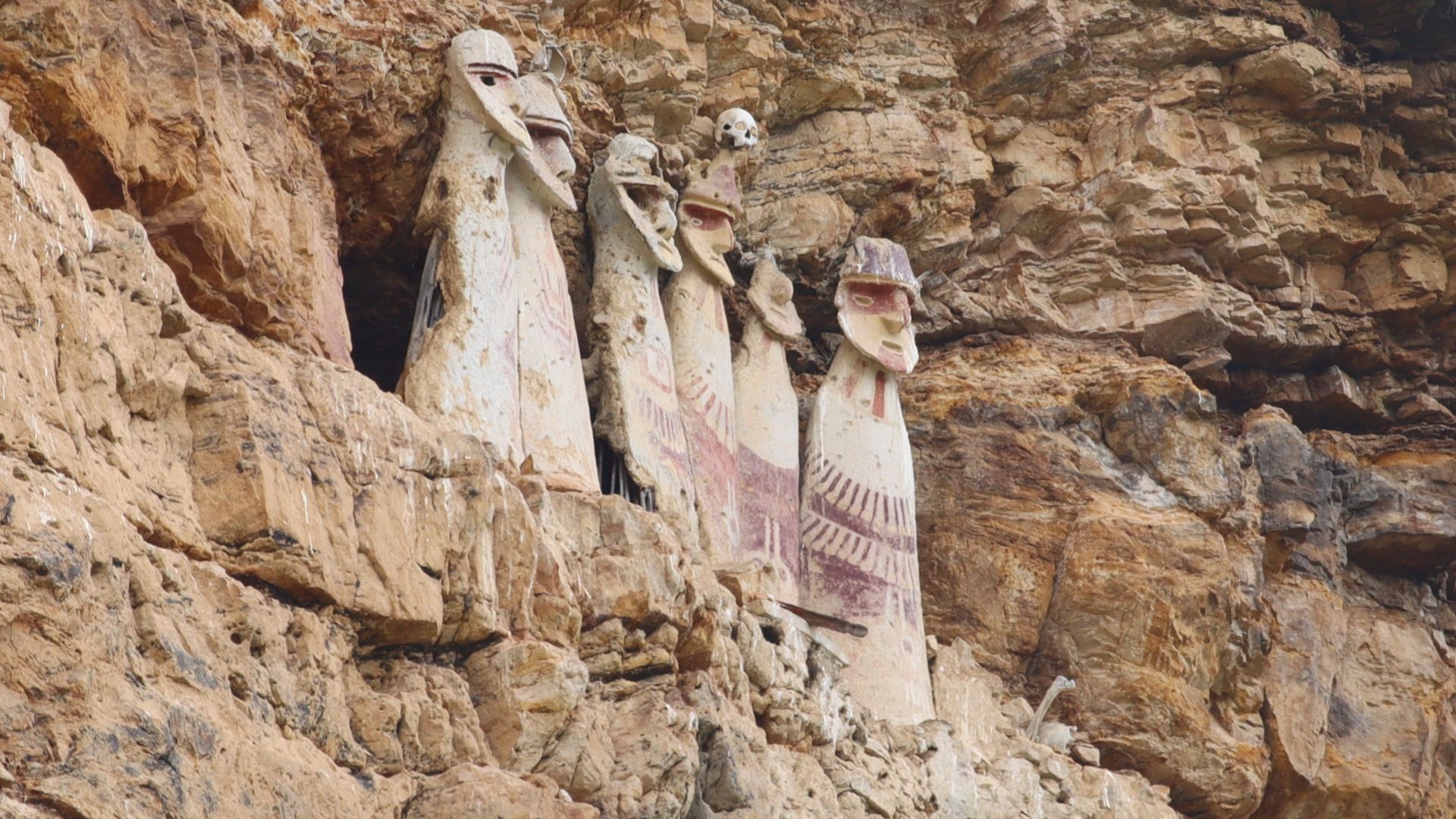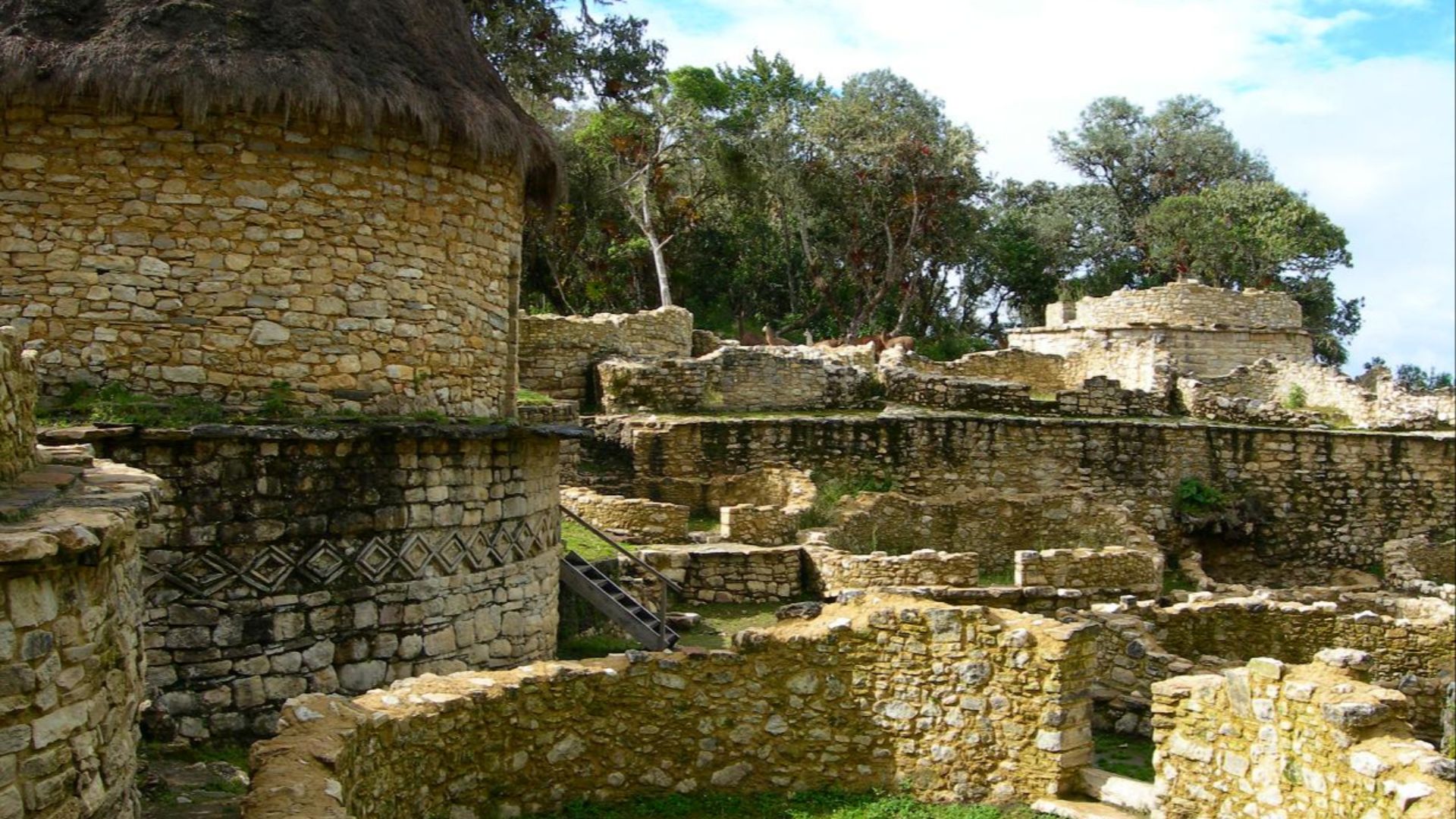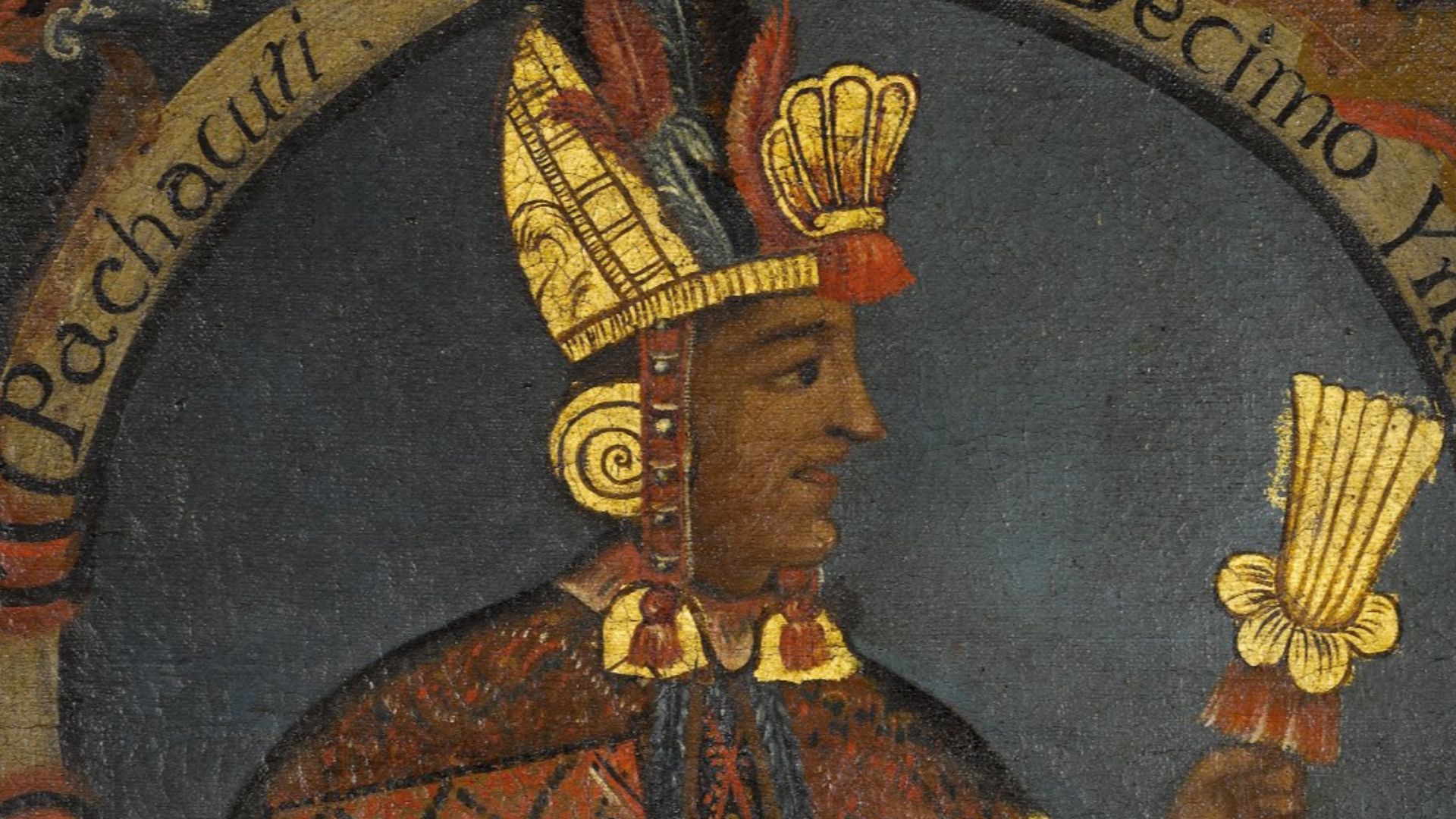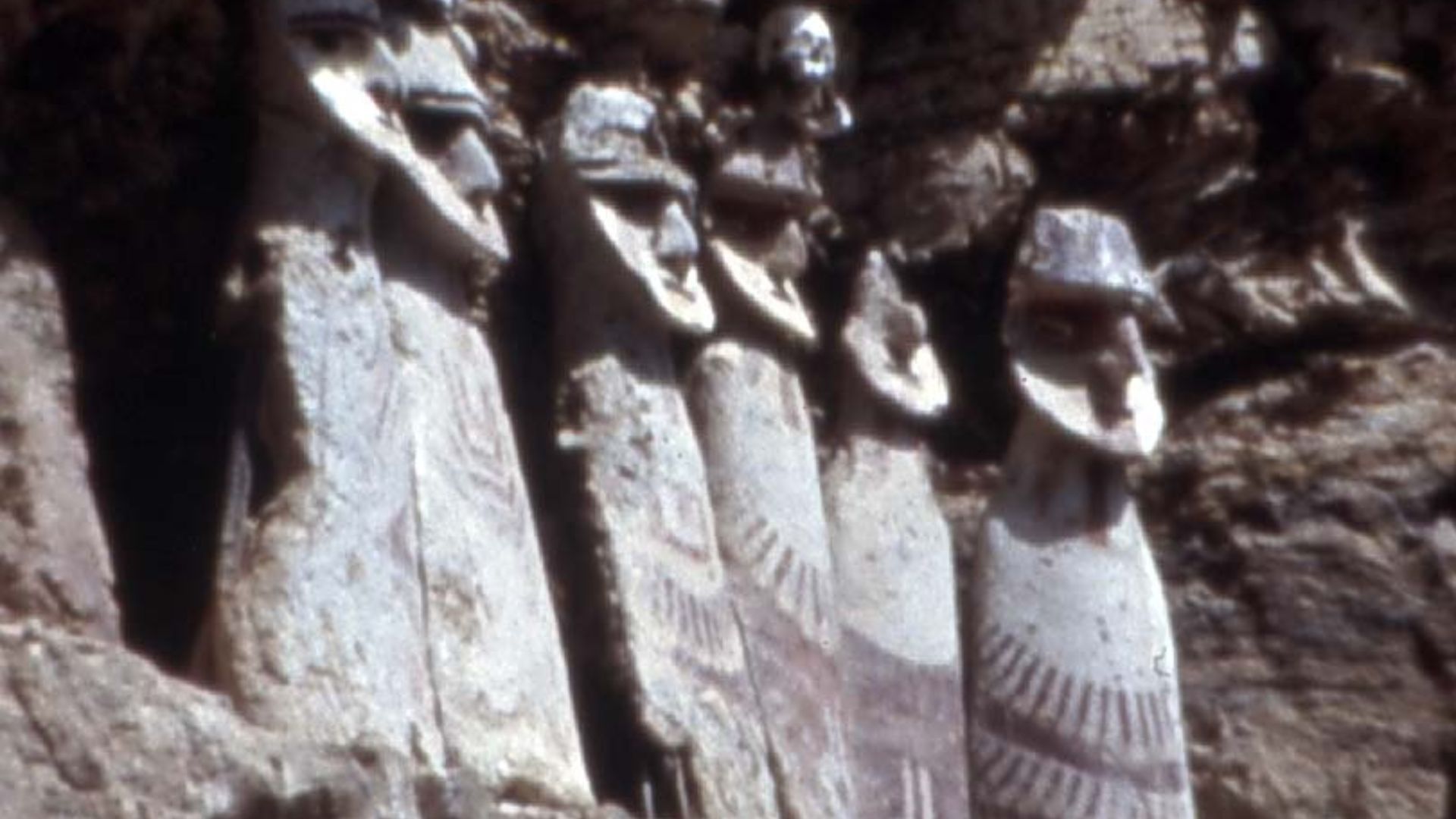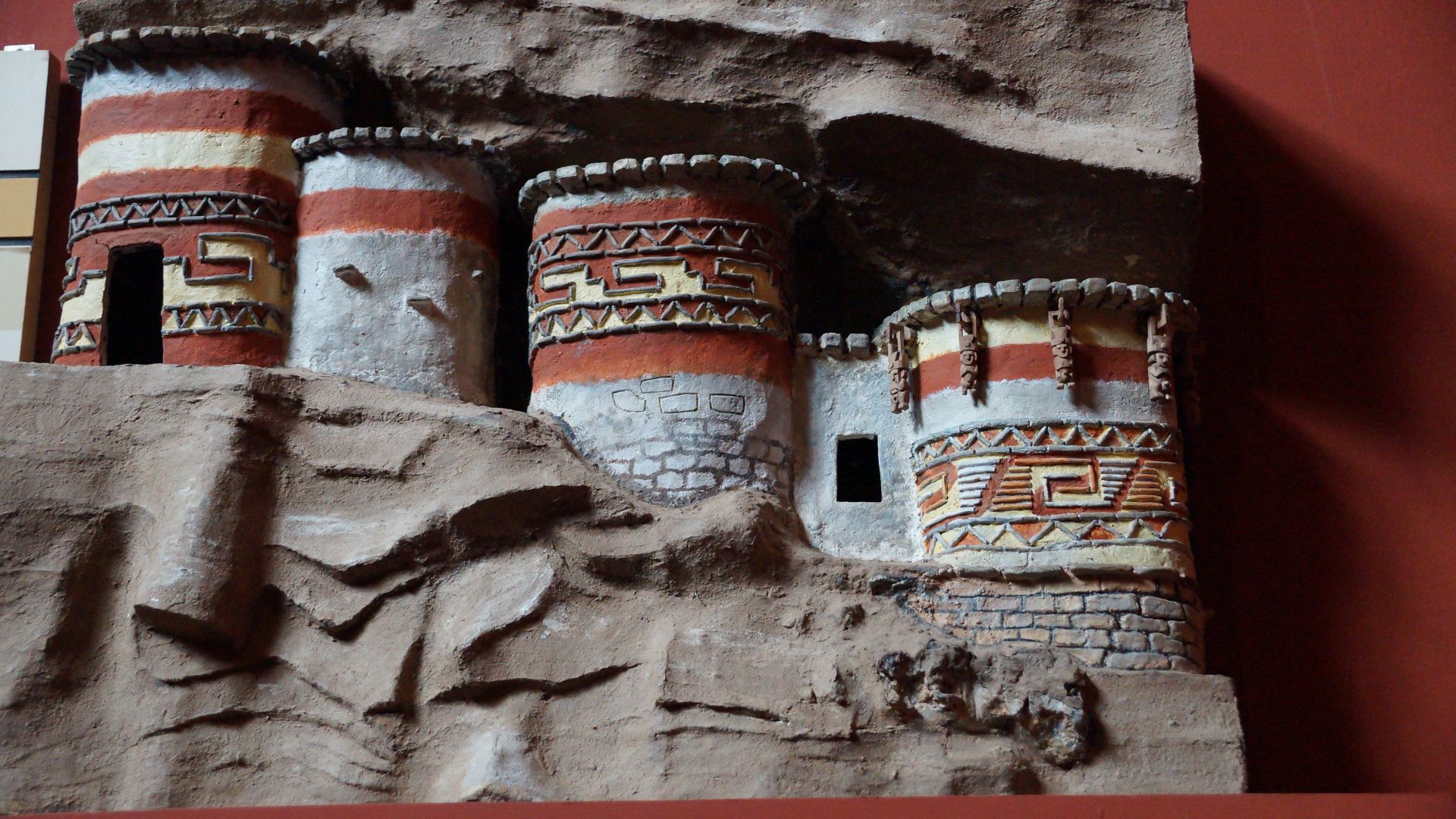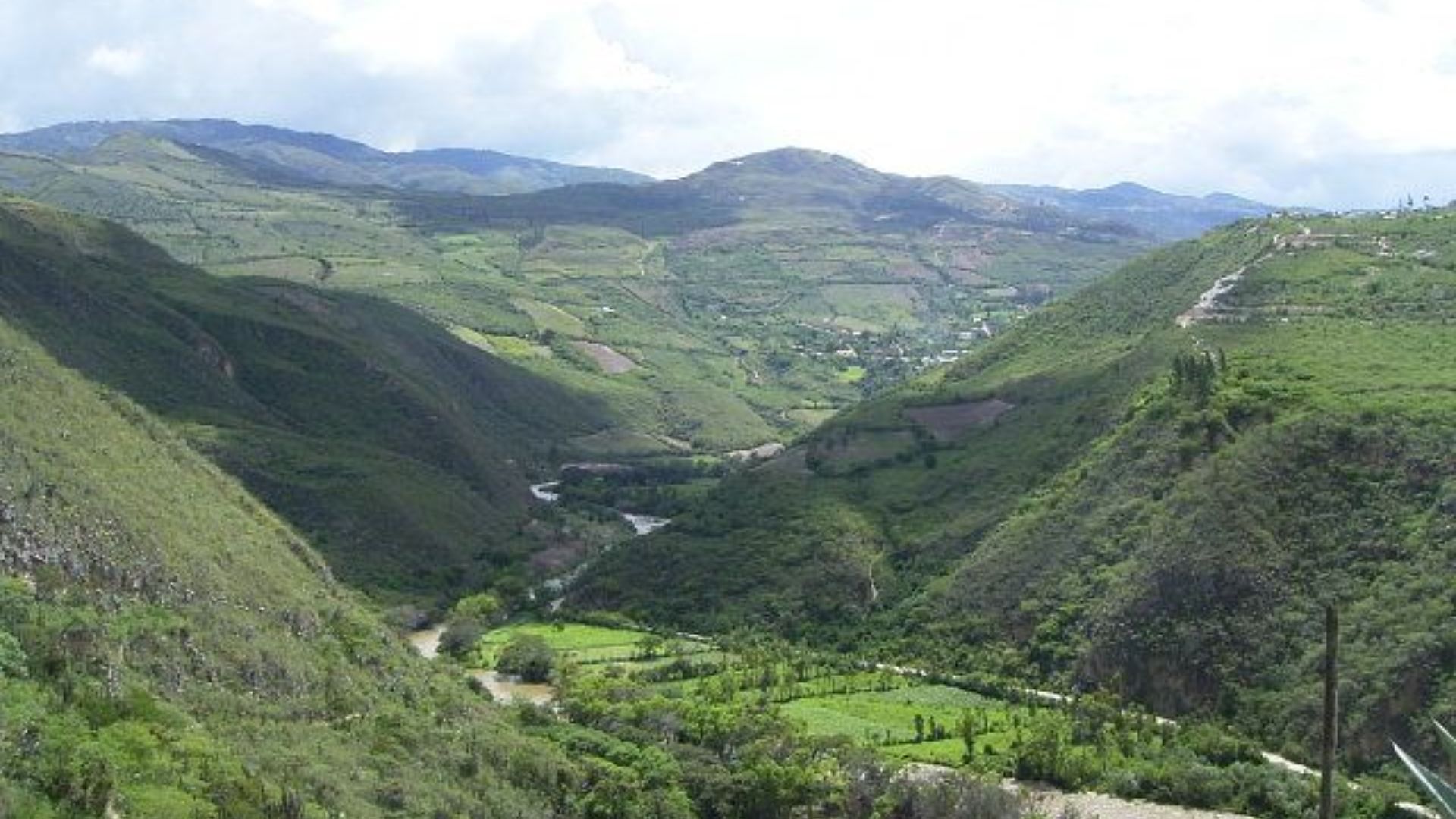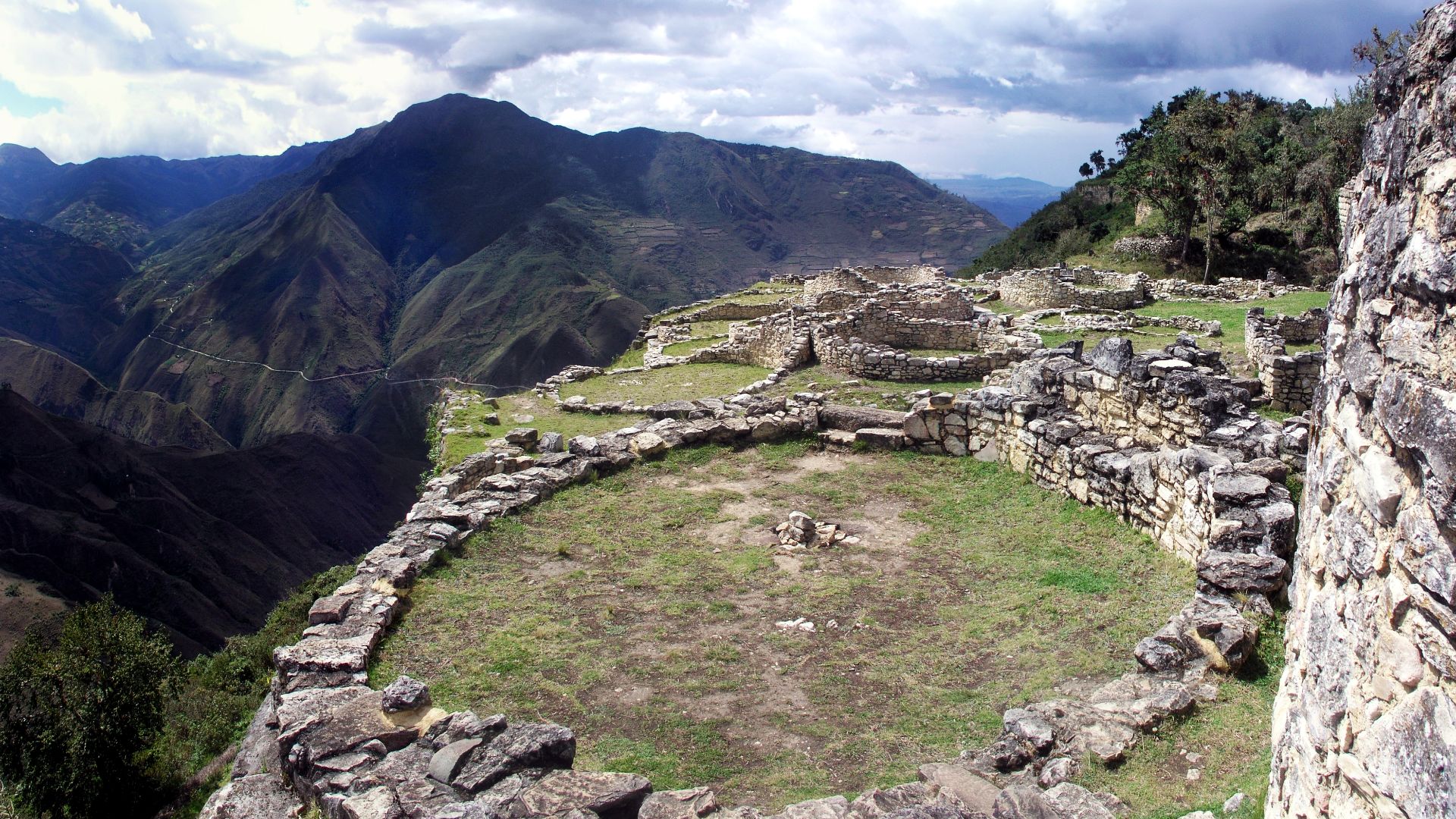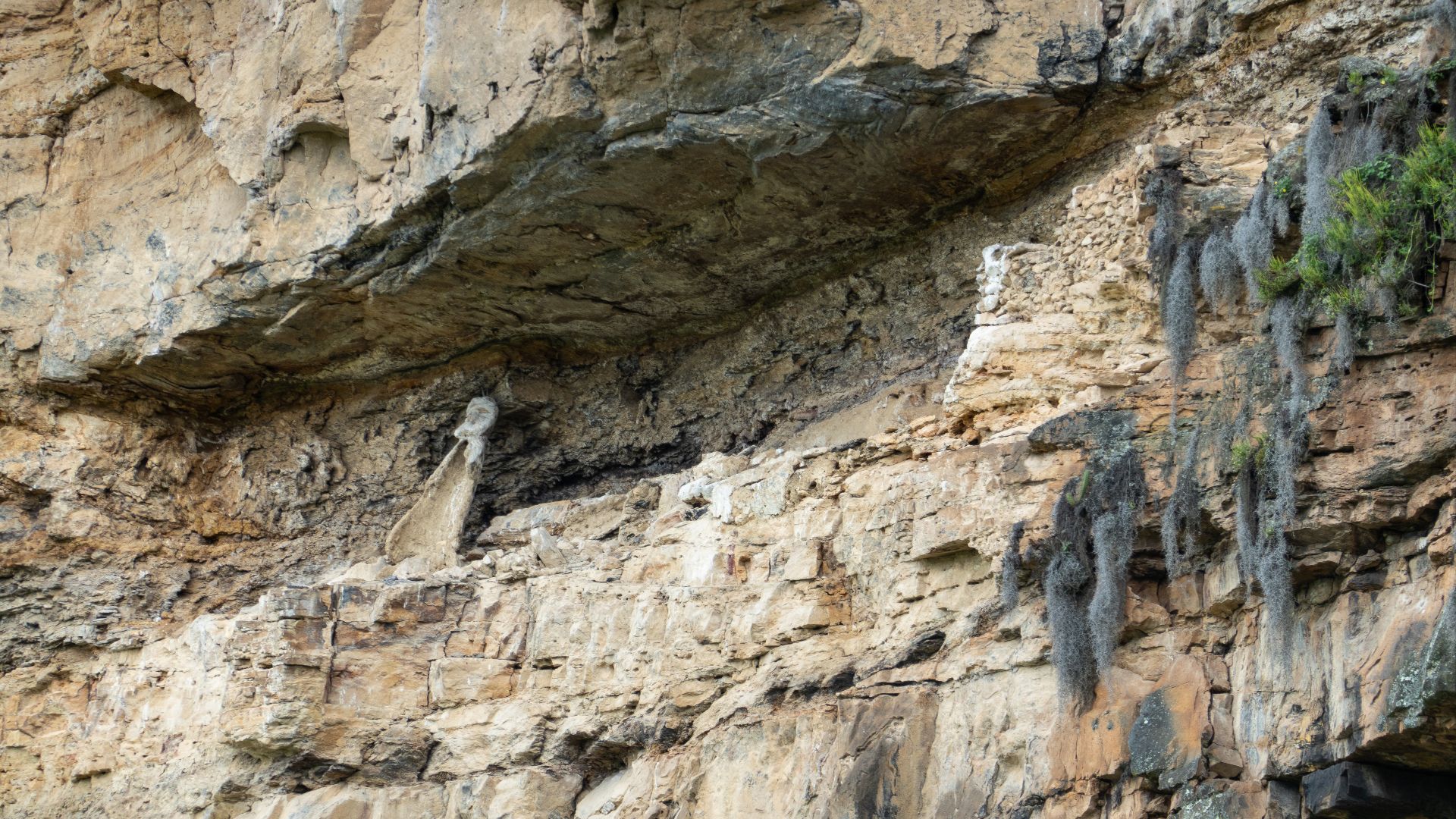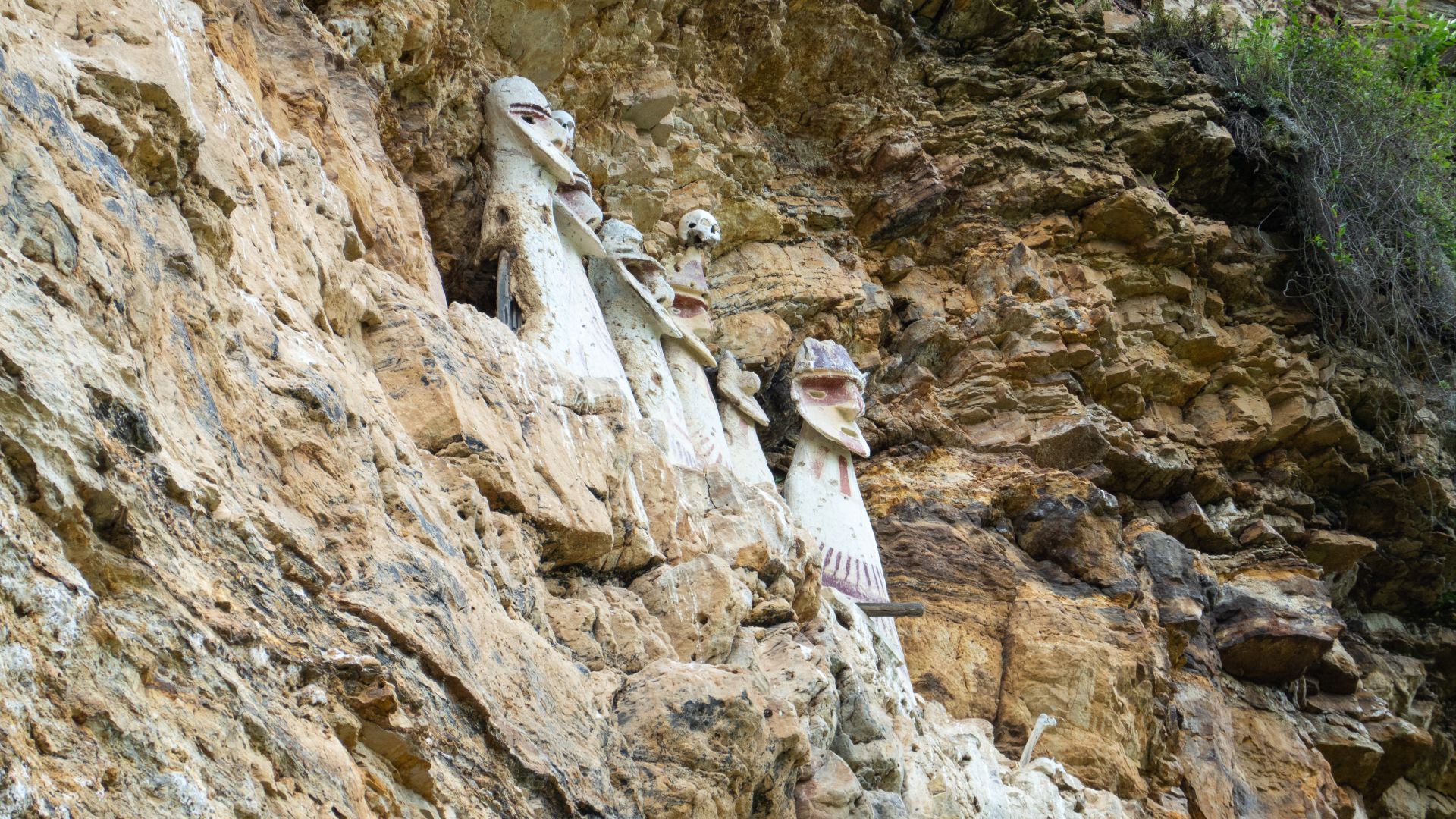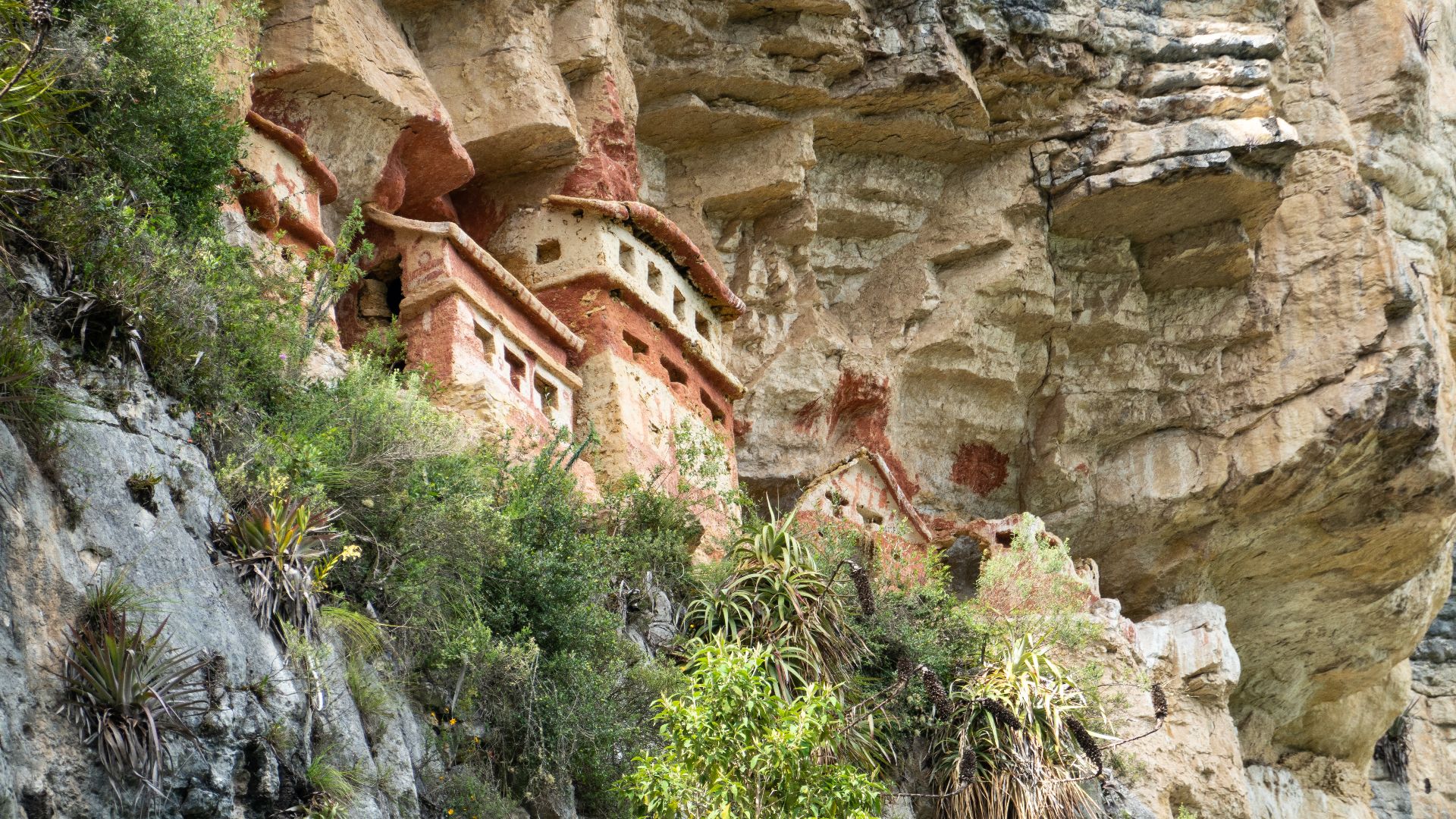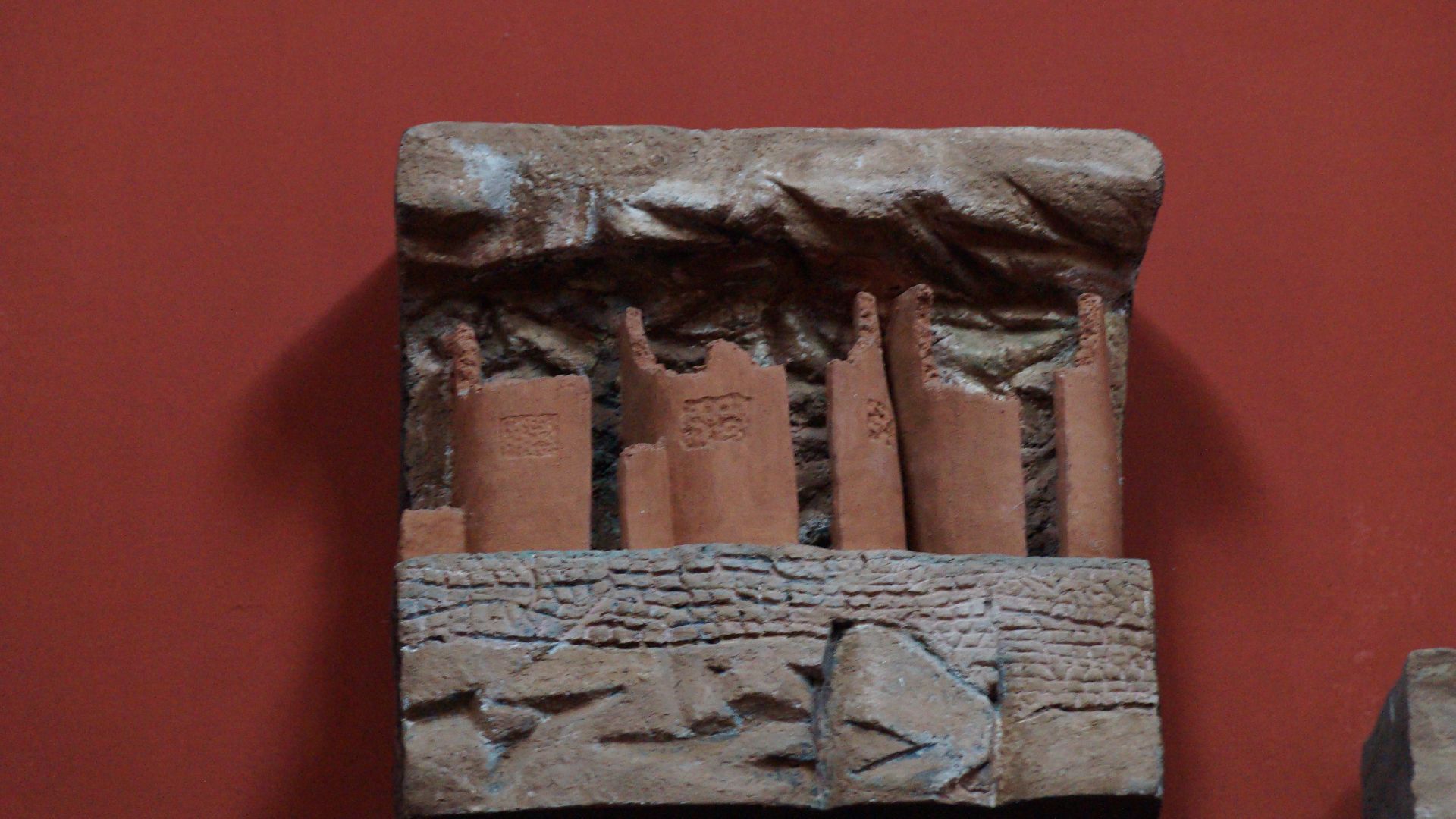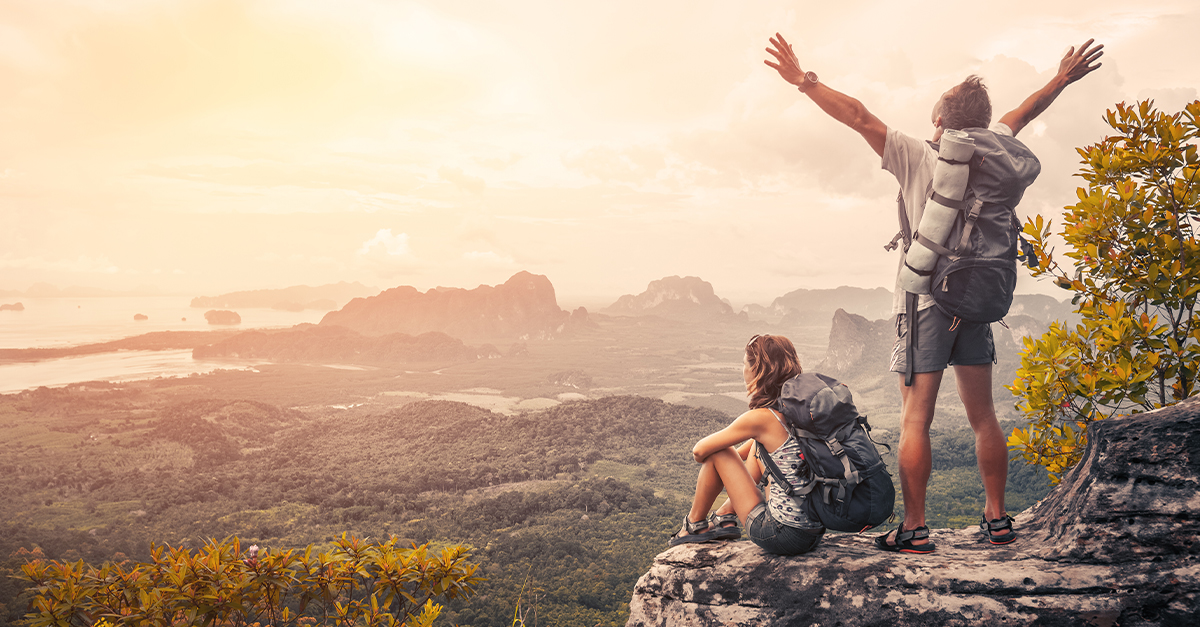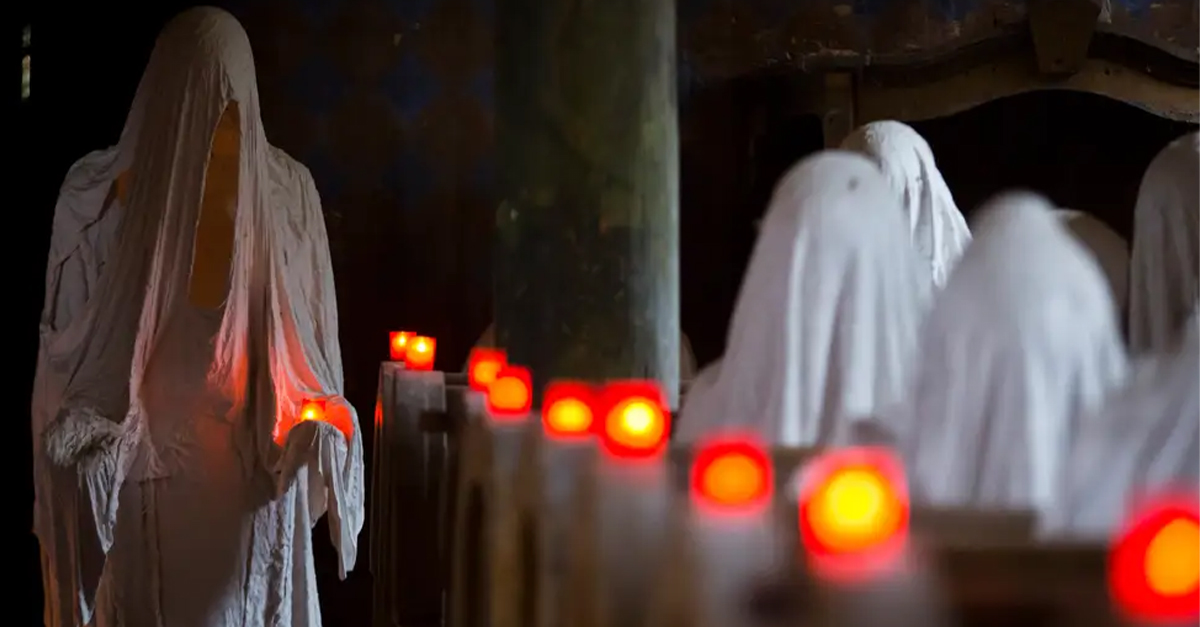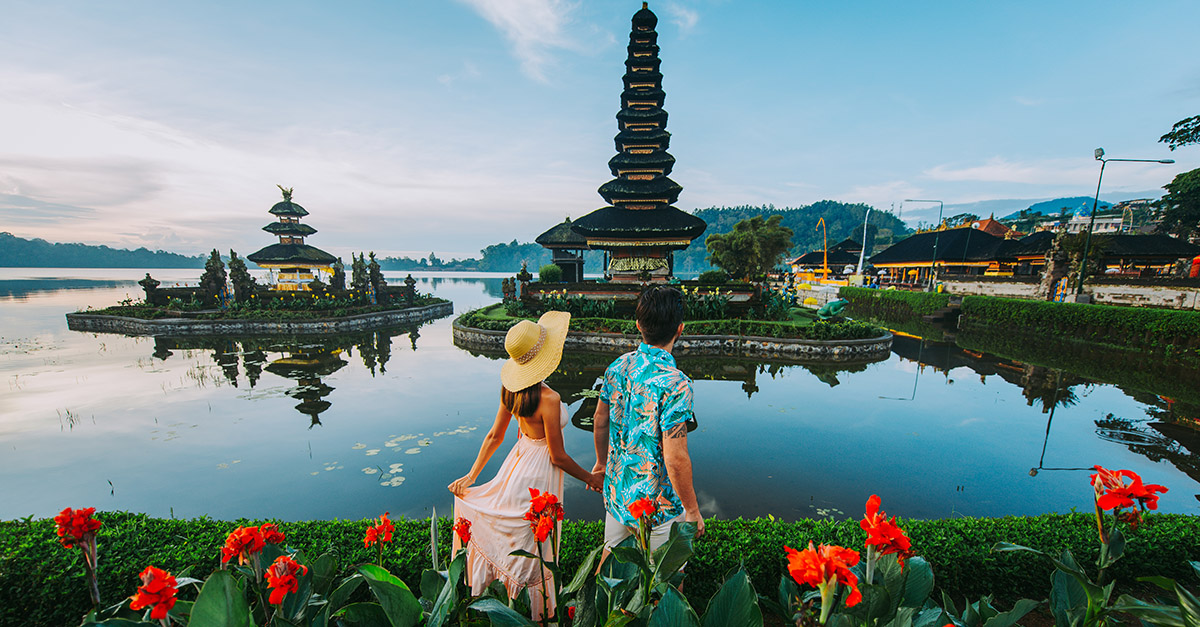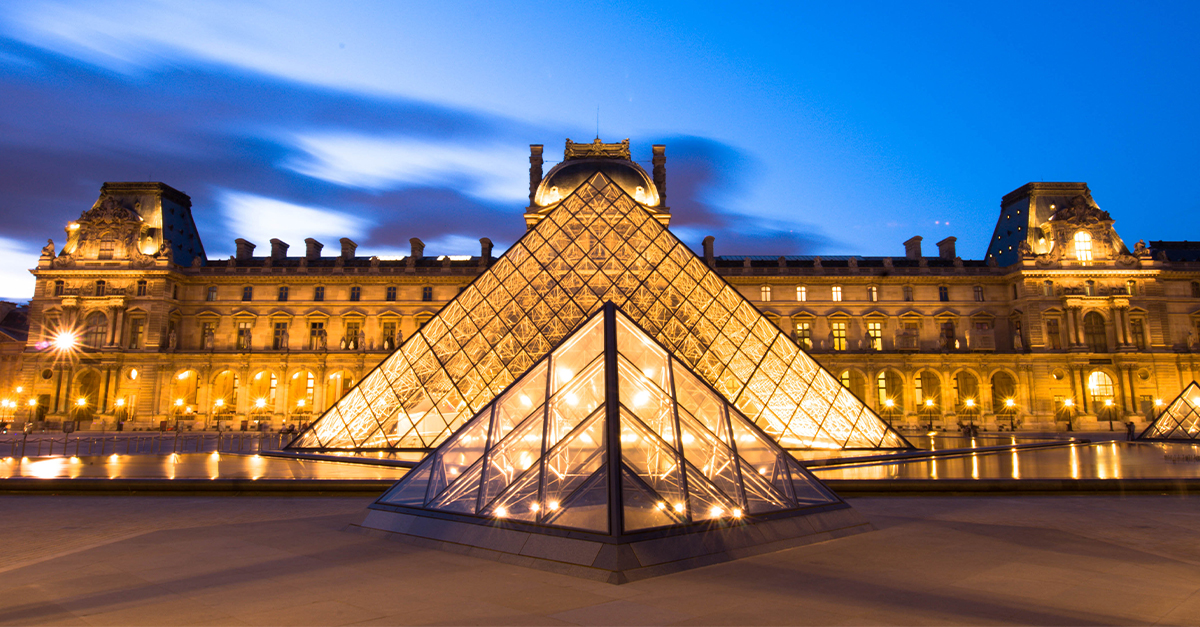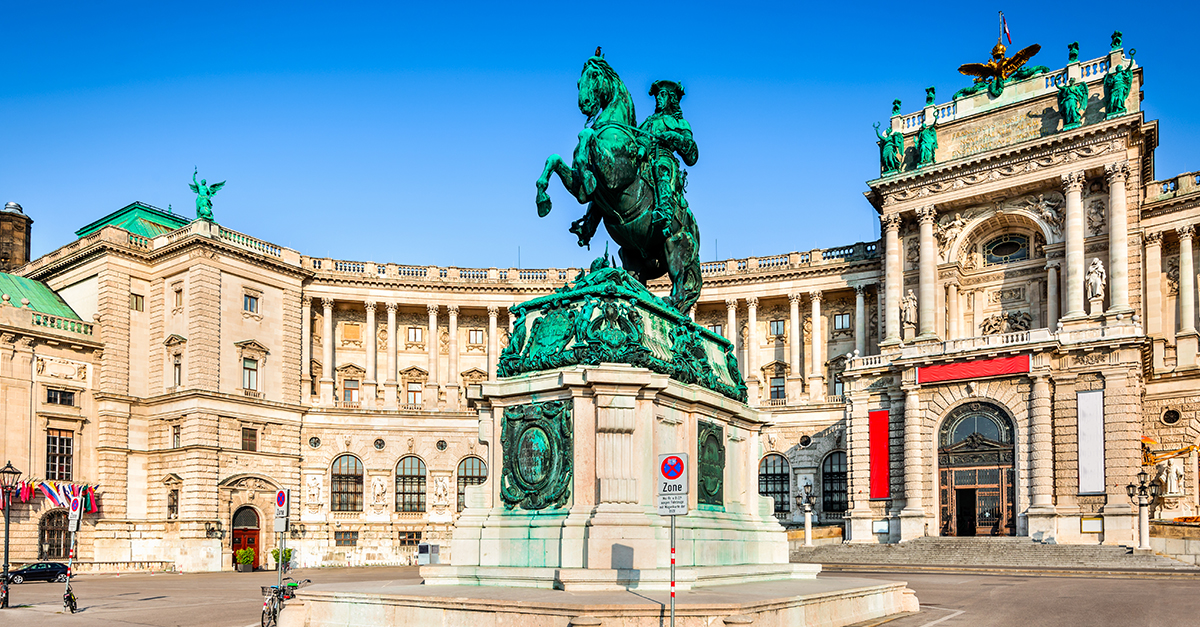Structures And Stories
Archaeological expeditions don't always go according to plan. But occasionally, teams stumble onto something that exceeds their wildest expectations. Peru just delivered one of those rare moments.
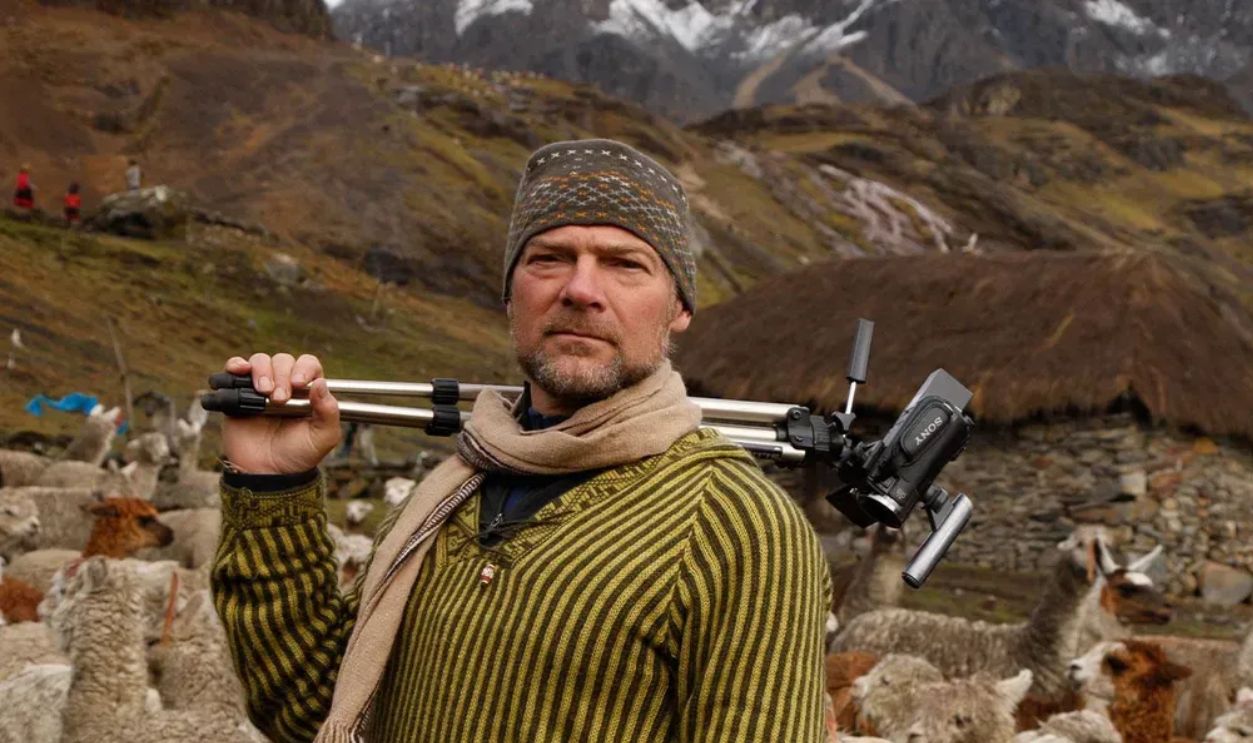
Discovery Announcement
Deep in Peru's misty Andes, scientists just dropped a shocker that's rewriting history books. In May 2025, they announced finding over 100 previously unknown structures at Gran Pajaten, a remote pre-Columbian settlement. It had been hiding its secrets for centuries beneath jungle canopies.
Research Team
The World Monuments Fund (WMF) assembled an international dream team of archaeologists and tech specialists for this expedition. Juan Pablo de la Puente, the organization's executive director for Peru, led the charge into one of South America's highly challenging locations.
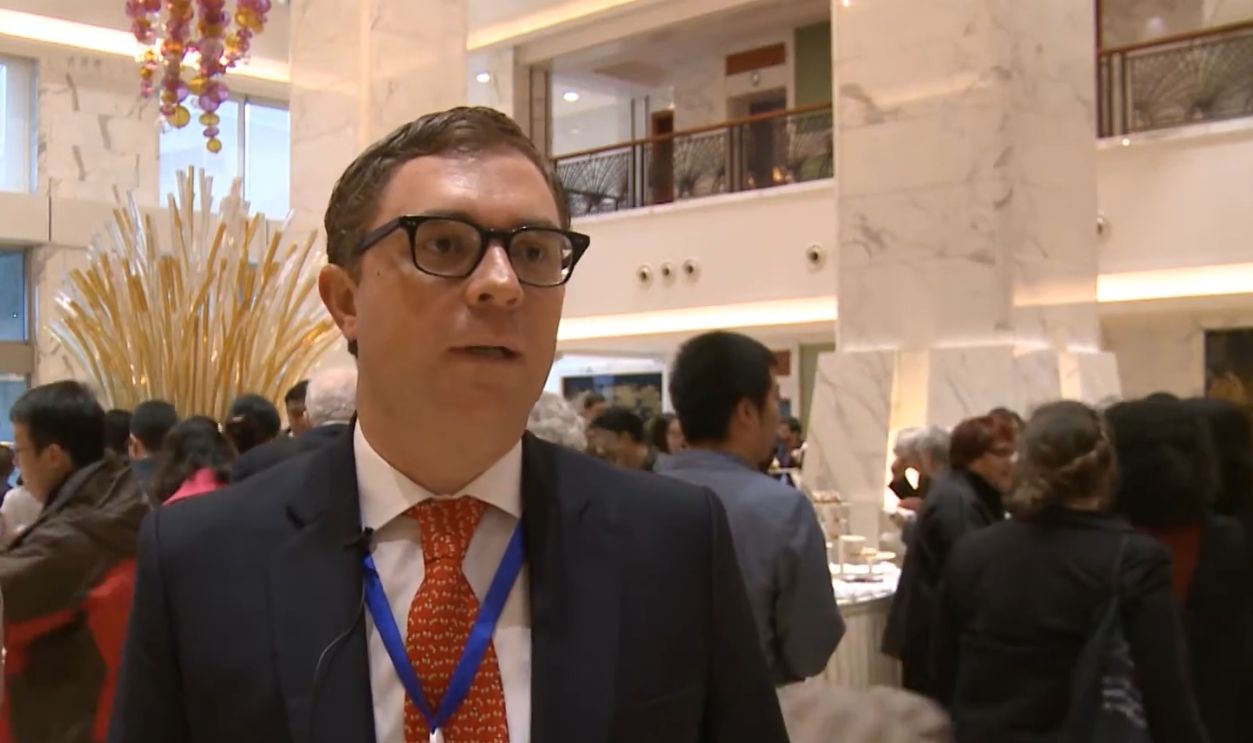 Juan Pablo de la Puente Brunke, Vice Minister of Cultural Heritage by UNESCO
Juan Pablo de la Puente Brunke, Vice Minister of Cultural Heritage by UNESCO
Photogrammetry Methods
While Lidar mapped the bones of the site, photogrammetry added the flesh. Thousands of overlapping aerial photographs captured from every conceivable angle fed into powerful computers, which stitched them together into precise three-dimensional models that researchers could explore virtually before setting foot on actual ruins.
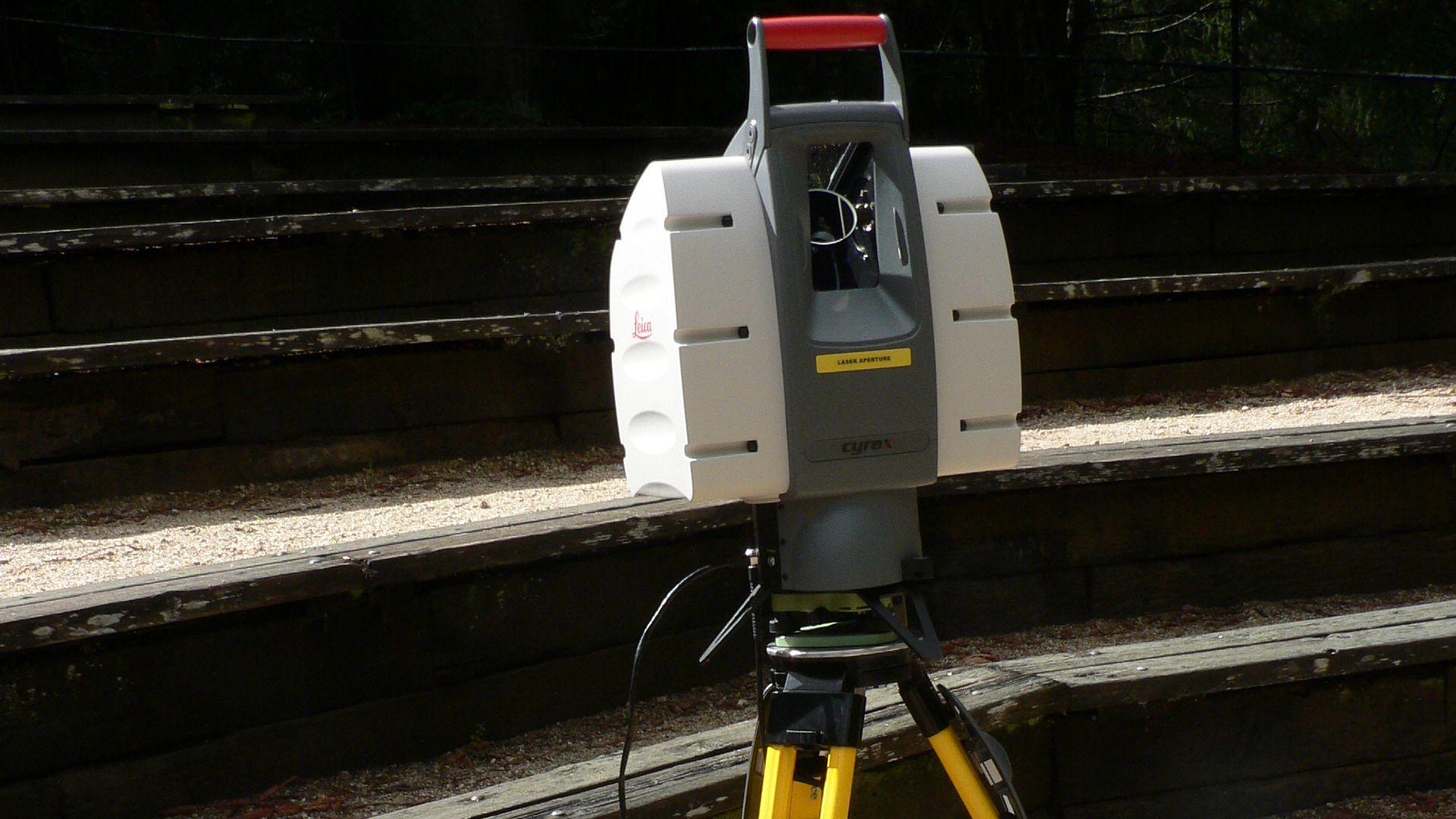 David Monniaux, Wikimedia Commons
David Monniaux, Wikimedia Commons
Forest Penetration
The cloud forest had been both protector and prison for these ruins. Towering trees, reaching nearly 100 feet high, formed an impenetrable green canopy that shielded these olden stones from weather damage while simultaneously hiding them from curious discoverers for over half a millennium.
Site Location
Gran Pajaten commands an advantageous placement in Rio Abiseo National Park, about 310 miles north of Lima. This UNESCO World Heritage Site sits like a stone sentinel between the mighty Maranon and Huallaga rivers, perfectly positioned to control prior trade routes through Peru's mountain passes.
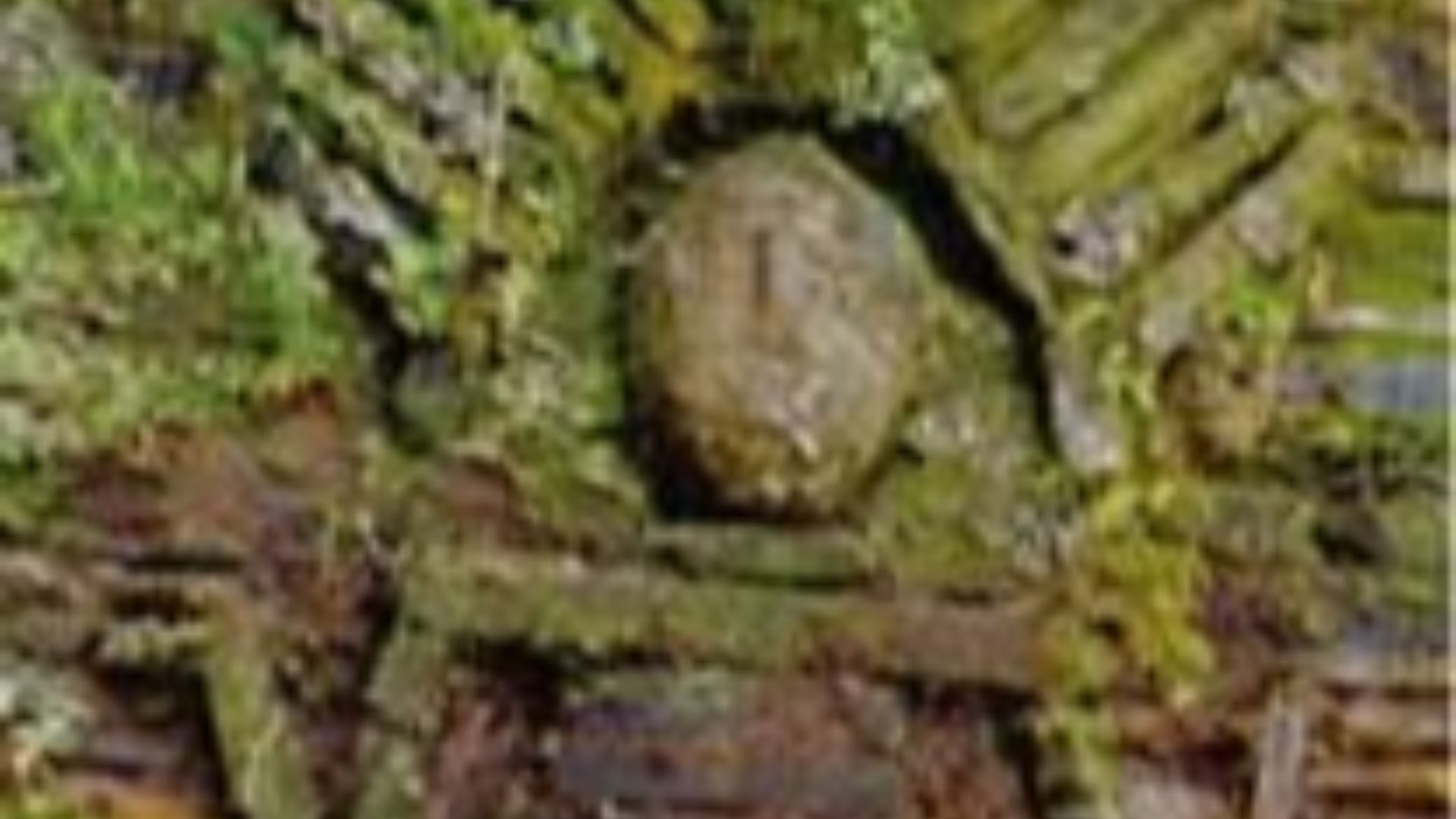 Unknown Artist about 1500 years ago, Wikimedia Commons
Unknown Artist about 1500 years ago, Wikimedia Commons
Structure Count
The numbers tell an incredible story of hidden complexity. What started as 26 known structures in the 1980s has expanded to more than 100 with this latest discovery, suggesting that Gran Pajaten was far more extensive and important than anyone had previously imagined.
Dating Evidence
Time travel through radiocarbon dating reveals a fascinating timeline. While people first settled here around 200 BCE, the impressive stone architecture we see today was built much later, reaching its architectural peak during the 14th century when skilled Chachapoya craftsmen turned the mountaintop into their masterpiece.
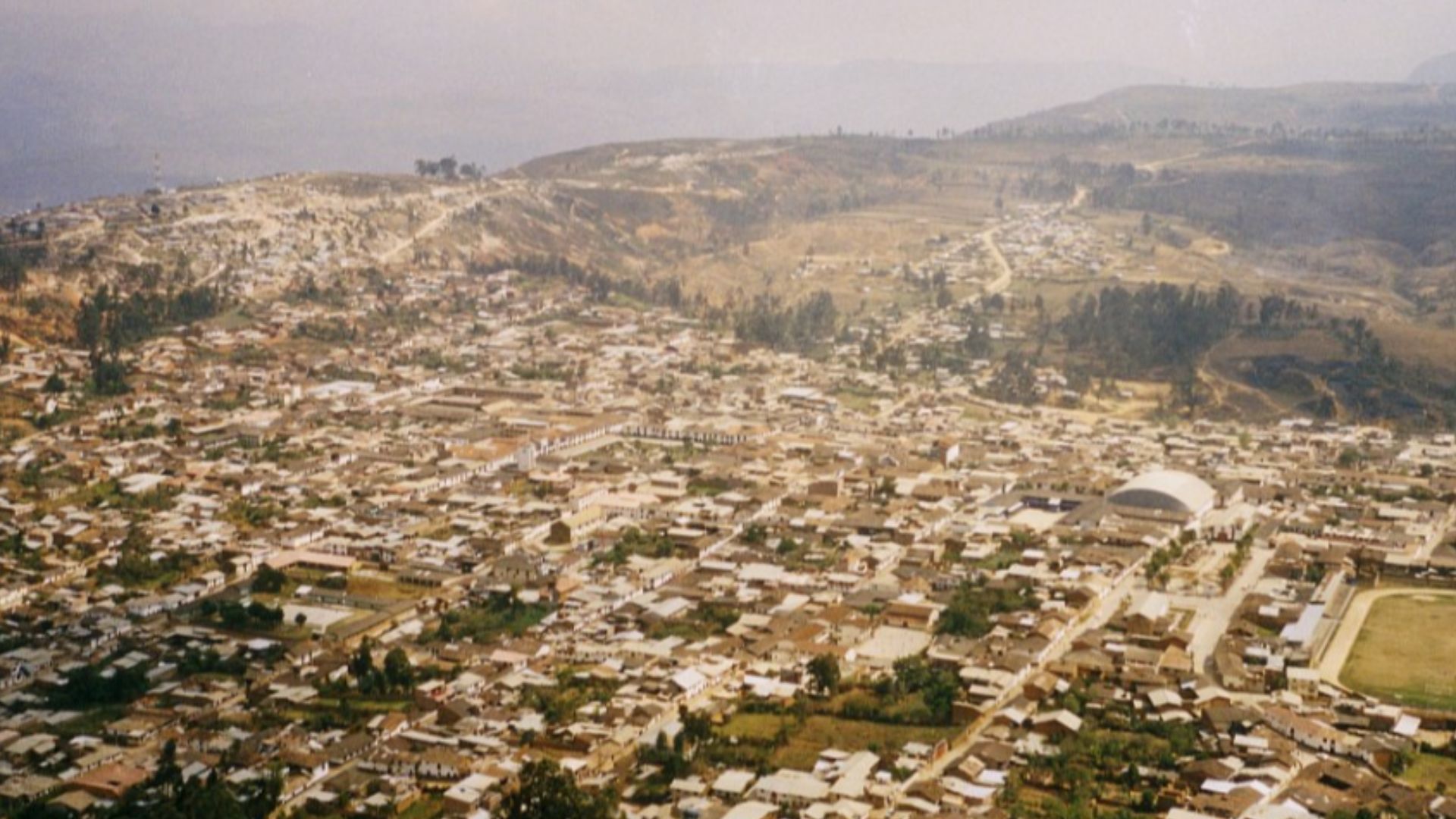 User:Gerd Breitenbach, Wikimedia Commons
User:Gerd Breitenbach, Wikimedia Commons
Chachapoya Culture
Enter the "Warriors of the Clouds," the enigmatic Chachapoya people who called these misty heights home. As mountain masters, they flourished between the 9th and 16th centuries, known for building incredible settlements. They successfully thumbed their noses at the mighty Inca Empire's expansion attempts.
Chronicler's Account
So, Pedro Cieza de Leon has described the Chachapoya as exceptionally fair-skinned and beautiful among indigenous Peruvians. He noted that their women were so attractive that many were chosen by the Inca elite to become wives or priestesses in the Temple of the Sun.
Historical Context
When Spanish conquistadors showed up in the 16th century, they found the Chachapoya already subjugated by Inca forces. However, this conquest had been no easy feat for the mountain empire builders, taking decades of persistent military campaigns to finally bring these fierce highland warriors under Inca control.
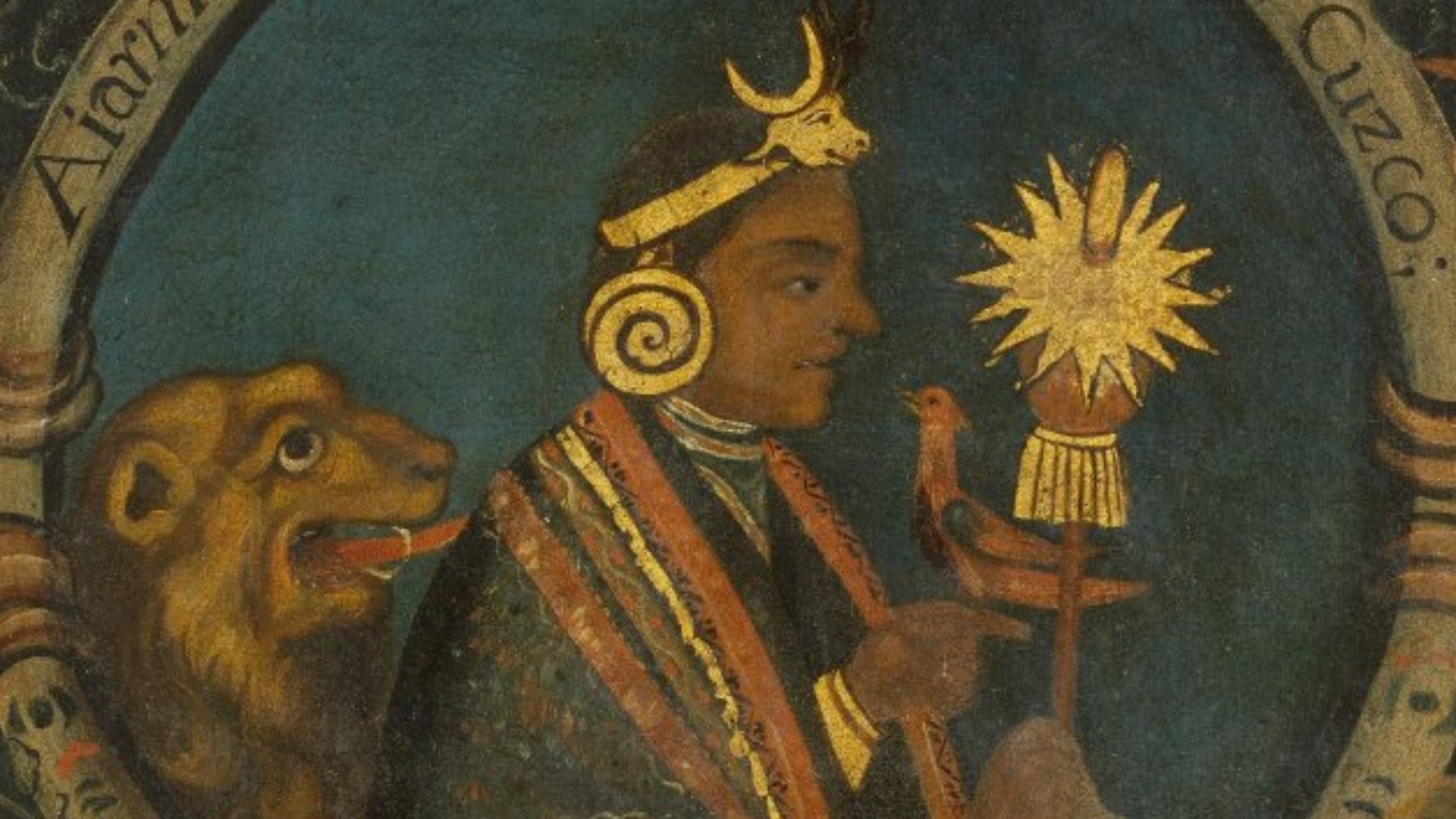 BrooklynMuseumBot, Wikimedia Commons
BrooklynMuseumBot, Wikimedia Commons
Inca Resistance
It is said that the Chachapoya put up a formidable fight against the growing Inca expansion. Their hill-top fortresses, such as Kuelap and Gran Pajaten, served as strategic strongholds during centuries of resistance. This forced the Incas to employ massive armies and siege tactics.
Inca Empire
The Inca Empire, known as Tawantinsuyu, was the largest pre-Columbian empire in America, spanning approximately 4,000 kilometers from north to south at its peak. Its heartland was in modern-day Peru, but it extended into present-day Ecuador, Bolivia, Chile, Argentina, and Colombia.
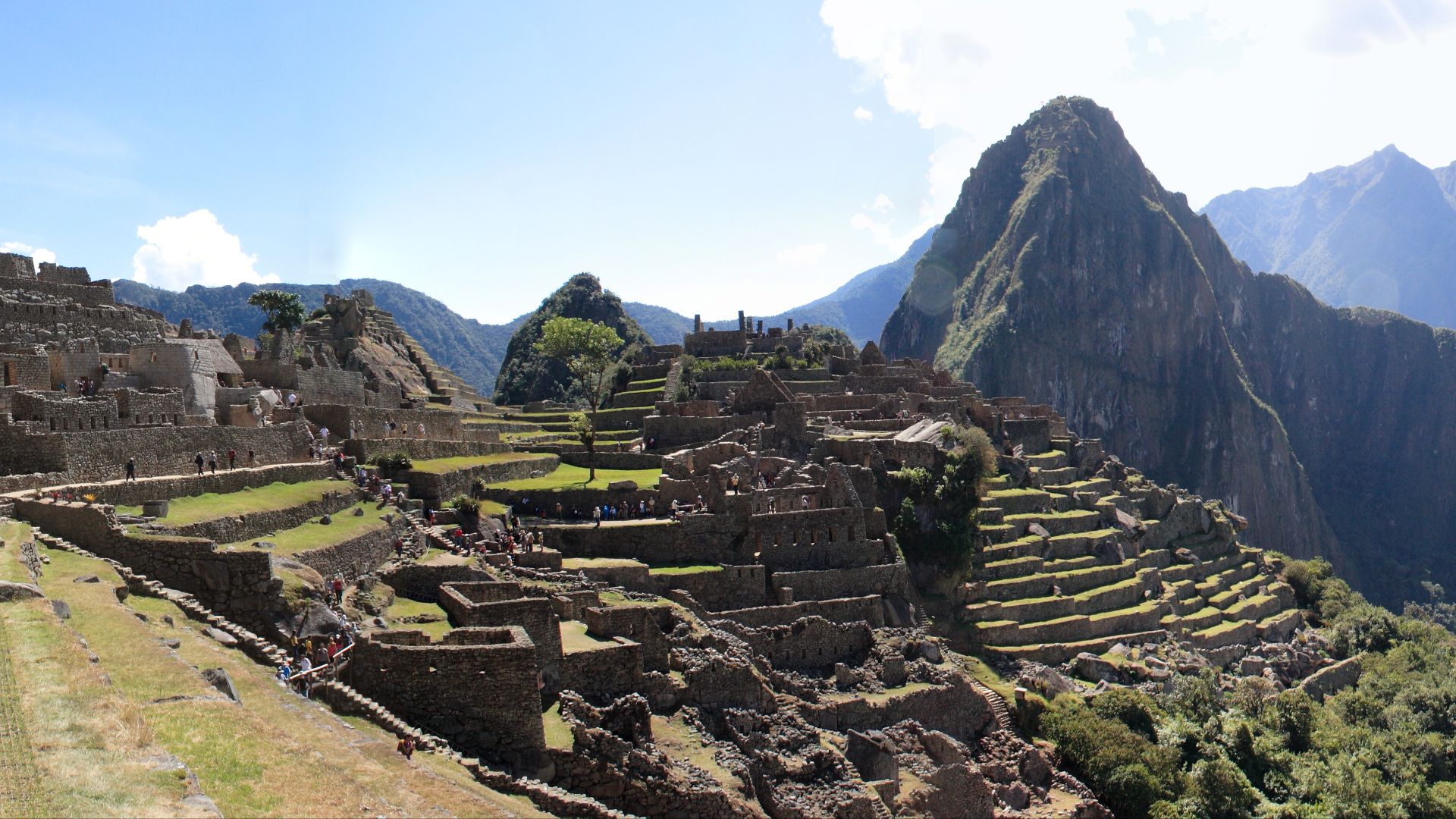 Dominic Sherony, Wikimedia Commons
Dominic Sherony, Wikimedia Commons
Cuzco Beginnings
This clan was led by rulers such as Tupac Inca Yupanqui and Huayna Capac. They had begun as a small kingdom in the Cuzco Valley around the early 1200s, traditionally founded by Manco Capac, with major expansion taking place under Pachacuti Inca Yupanqui.
Unified Territory
Under Pachacuti and his successors, Tupac Inca Yupanqui and Huayna Capac, the empire expanded rapidly through military conquest and diplomacy. The Incas developed meticulous administrative, agricultural, and road systems to unify their vast territory, ruling over an estimated 12 million people who spoke dozens of languages.
High Altitude
Gran Pajaten sits at nearly 8,500 feet above sea level, where oxygen grows thin and weather turns brutal without warning. This extreme elevation provided natural defense against enemies. It also crafted unique challenges for builders who somehow managed to construct huge stone complexes in such harsh conditions.
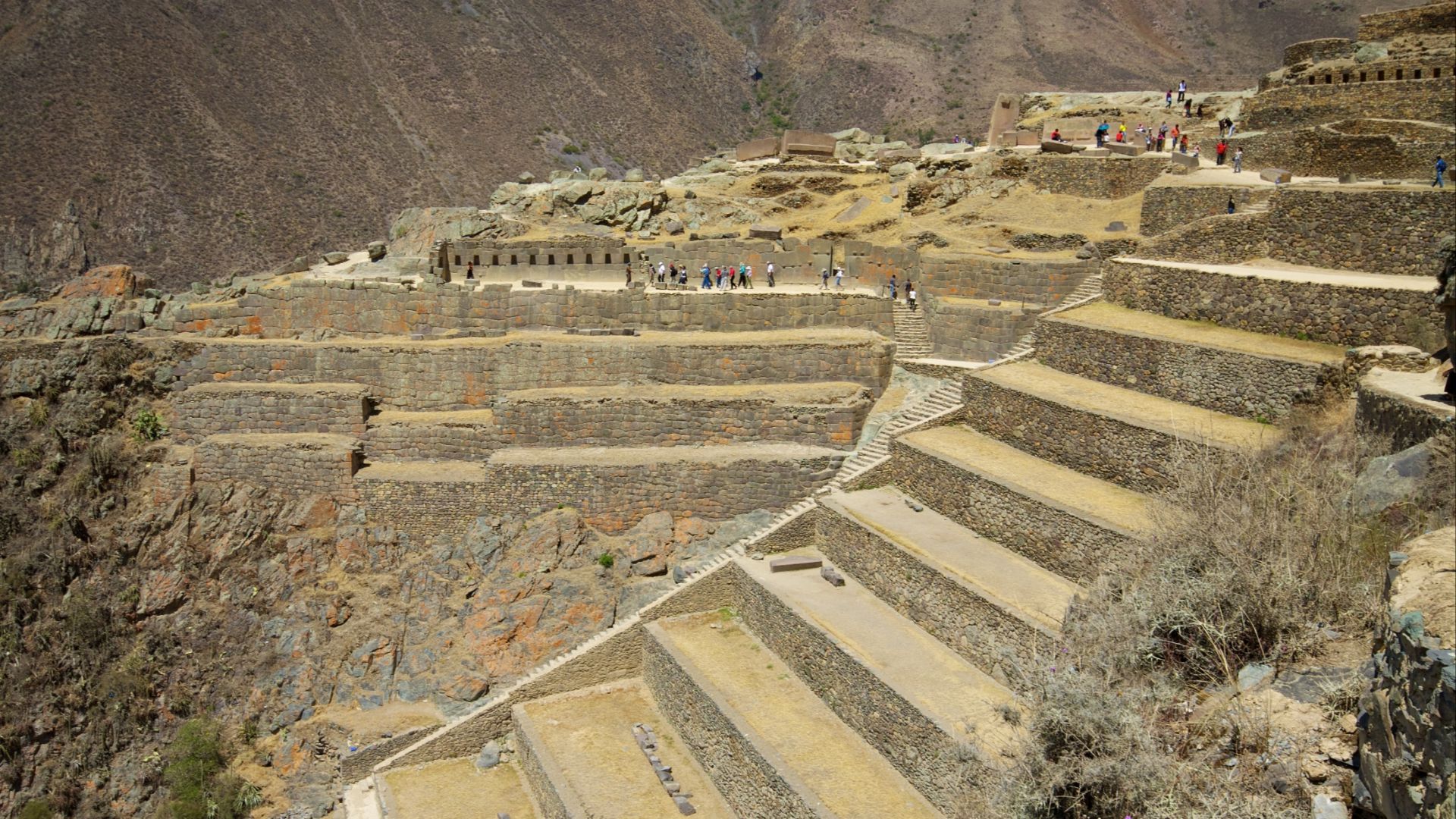 McKay Savage from London, UK, Wikimedia Commons
McKay Savage from London, UK, Wikimedia Commons
Strategic Position
Well, military genius shows in this location’s choice. Situared on a hilltop overlooking the Montecristo River valley, the settlement commanded sweeping views of approaching enemies. It used to control every critical mountain pass that connected the Amazon basin with highland trade routes.
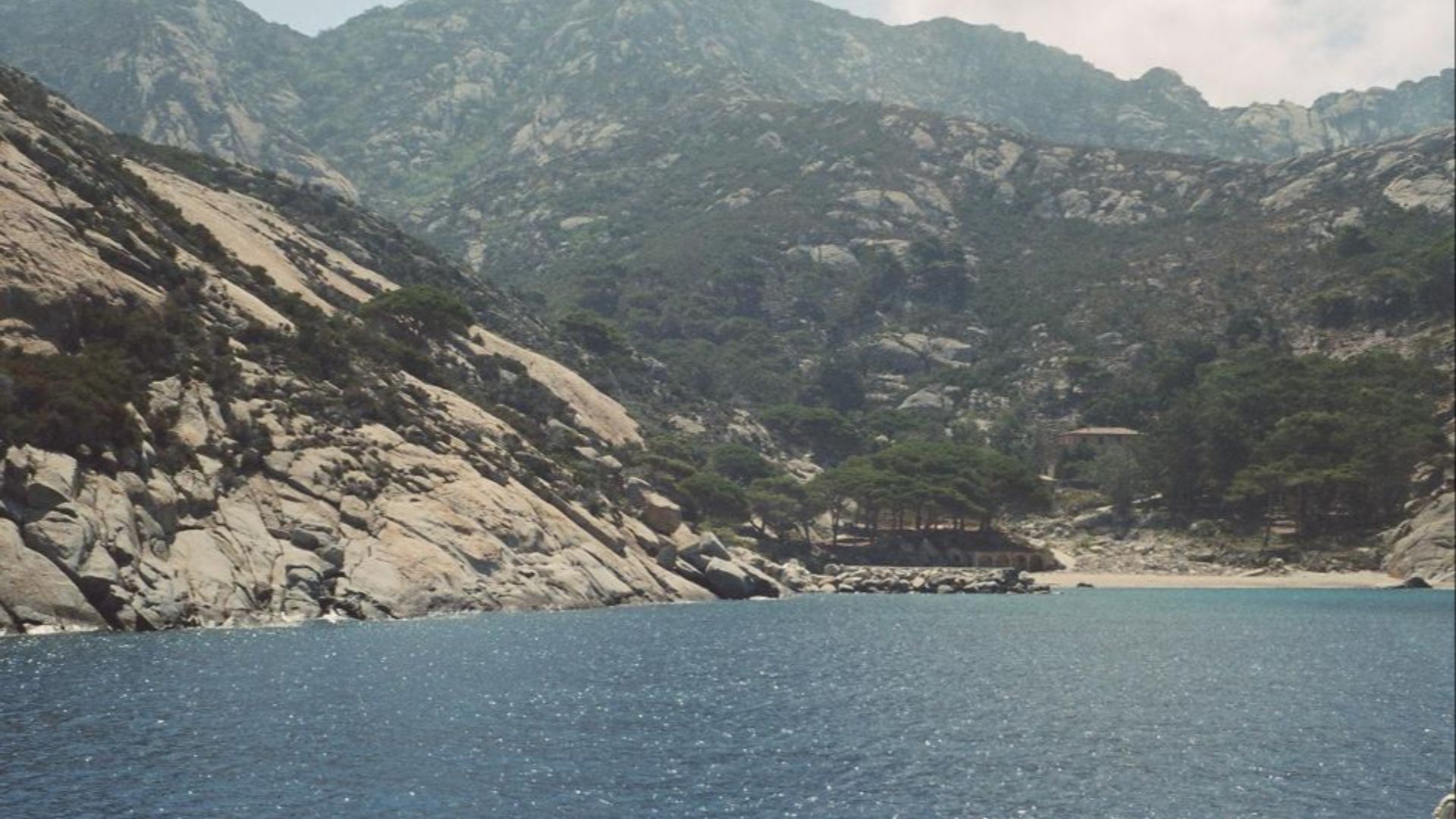 Alicudi at Danish Wikipedia, Wikimedia Commons
Alicudi at Danish Wikipedia, Wikimedia Commons
Urban Planning
Gran Pajaten stands as a living proof of the Chachapoya civilization's remarkable architectural and urban planning skills. Far from being haphazard, the site’s layout showcases several structures that were carefully arranged on multiple terraced levels, each connected by expertly crafted stone stairways.
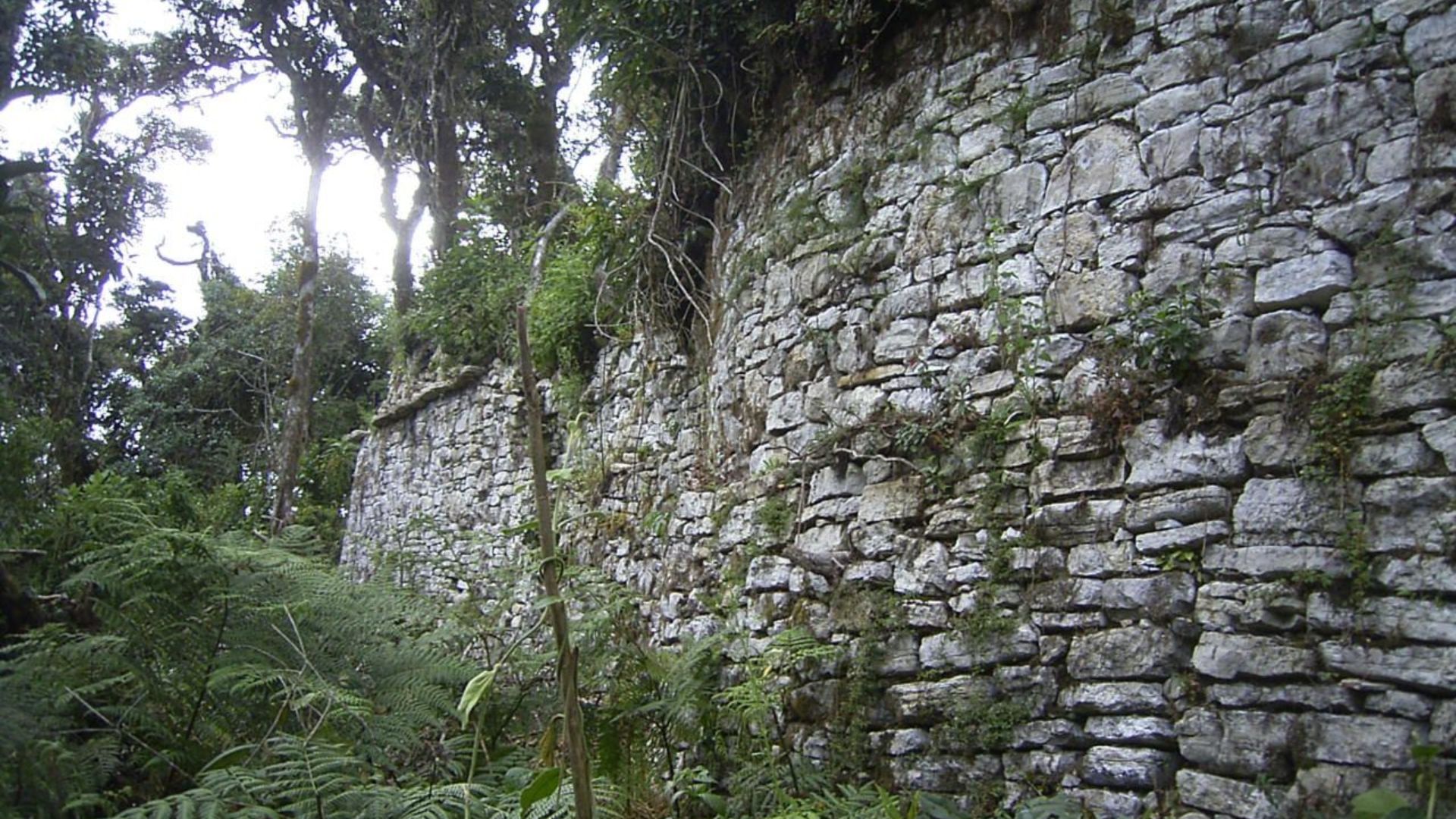 Thymian~commonswiki, Wikimedia Commons
Thymian~commonswiki, Wikimedia Commons
Urban Planning (Cont.)
This terracing not only maximized usable space on steep Andean slopes but also enhanced defense and facilitated efficient movement throughout the settlement. The integration of these elements mirrors a level of planning and functionality that rivals aspects of modern city design.
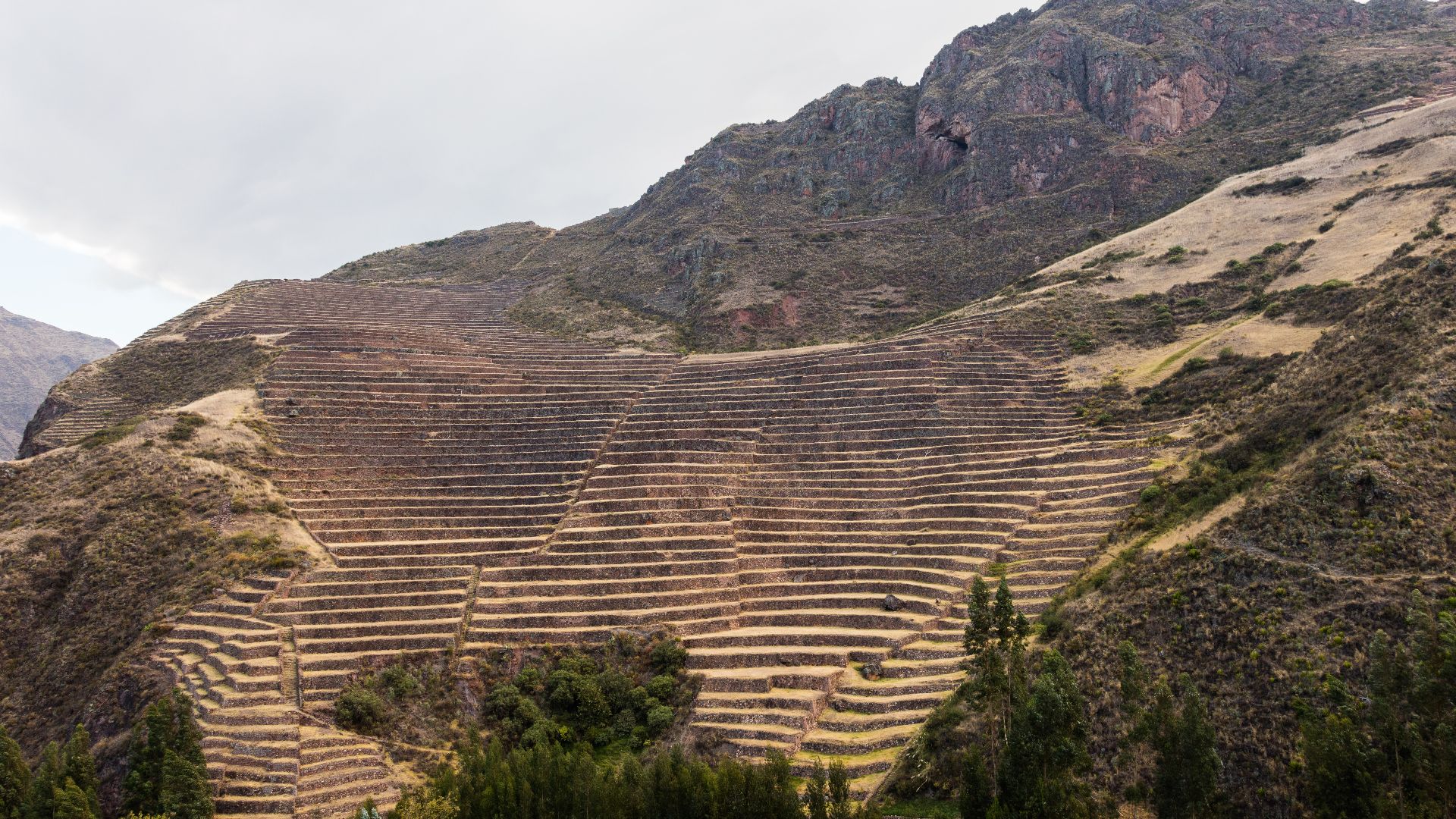 Diego Delso, Wikimedia Commons
Diego Delso, Wikimedia Commons
Circular Buildings
The Chachapoya’s architectural hallmark is their preference for circular stone buildings. This tradition sets them apart from many other Andean cultures that favored rectangular forms. These round structures, often with double walls and intricate stonework, were not only visually distinctive but also highly functional.
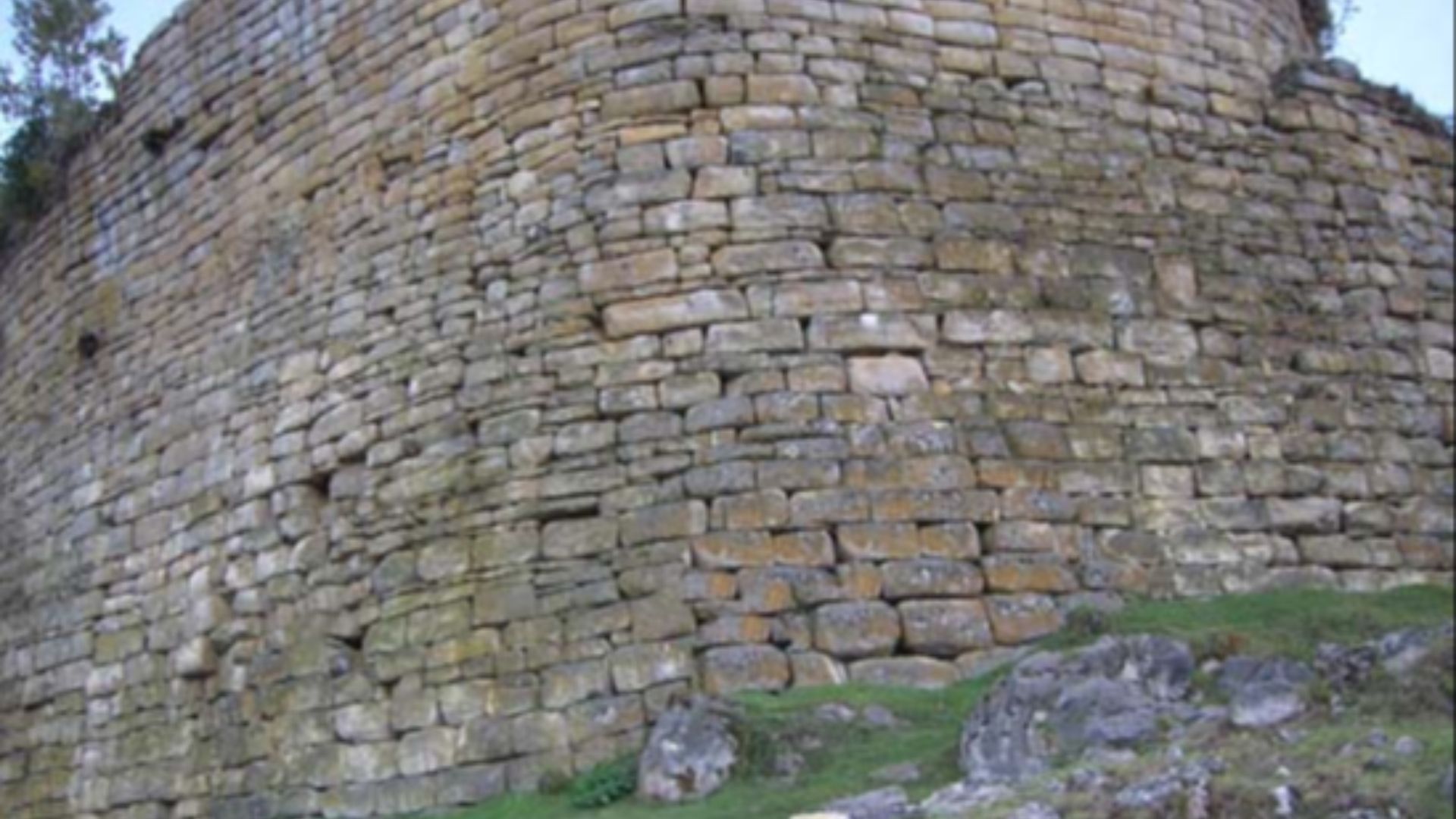 User:Gelber21, Wikimedia Commons
User:Gelber21, Wikimedia Commons
Structural Benefits
The circular design provided greater resistance to earthquakes, which was a significant advantage in the seismically active Andes. Apparently, the absence of sharp corners also helps deflect the region’s harsh mountain winds and heavy rainfall, reducing structural wear and improving longevity.
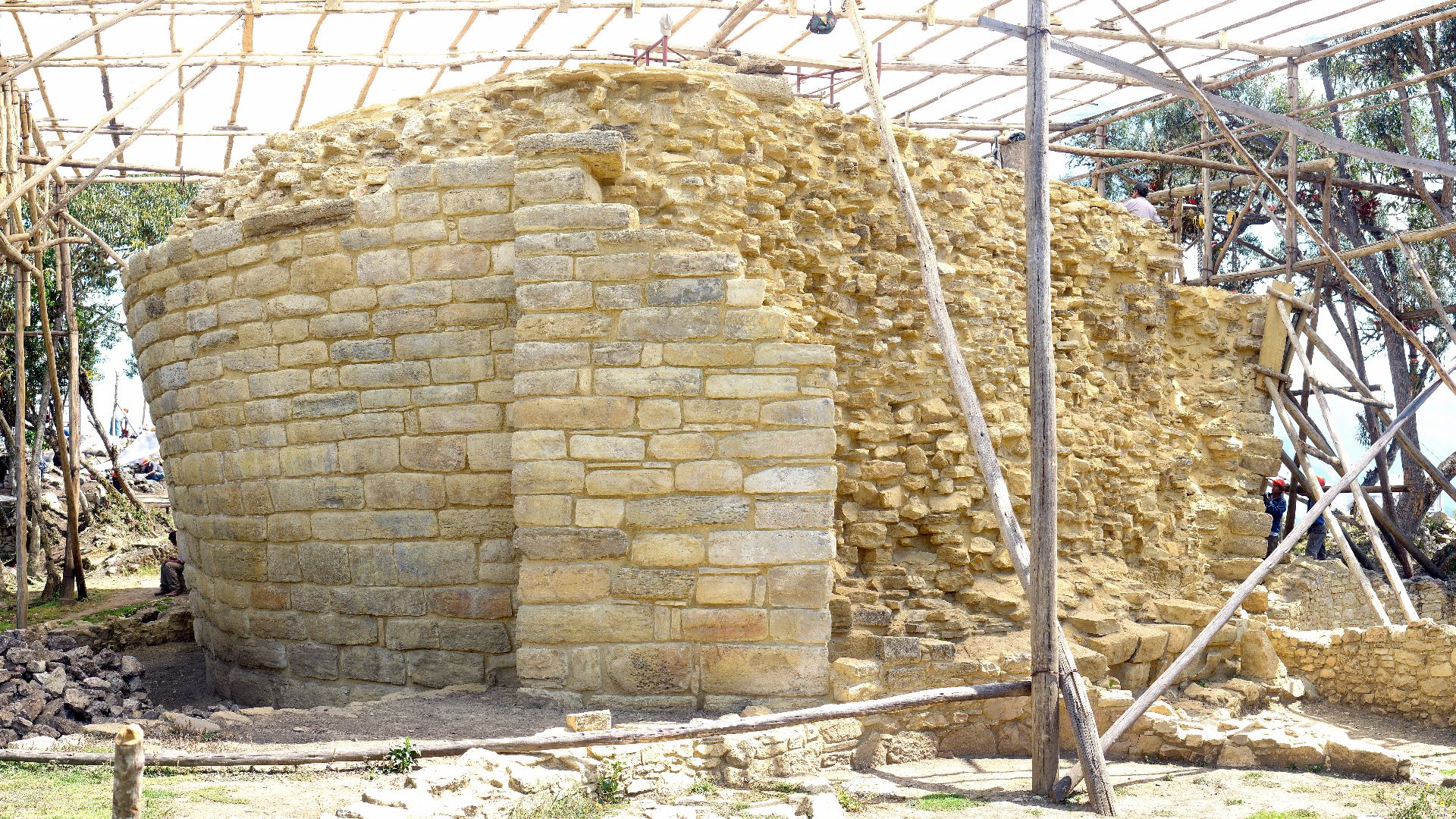 Martin St-Amant (S23678), Wikimedia Commons
Martin St-Amant (S23678), Wikimedia Commons
Road Networks
Recent digital mapping pointed out an extensive network of ancient roads connecting Gran Pajaten to other Chachapoya sites like La Playa, Papayas, and Los Pinchudos. These carefully engineered pathways created a communication and trade system that linked scattered mountain settlements across miles of perilous terrain.
 Los Pinchudos : des tours funéraires de la culture chachapoya by alpimondo
Los Pinchudos : des tours funéraires de la culture chachapoya by alpimondo
La Playa
This is one of several important archaeological areas in the Rio Abiseo National Park, closely associated with the Chachapoya civilization. Recent research, led by WMF between 2022 and 2024, has revealed that La Playa is part of a broader, interconnected network of pre-Hispanic settlements.
 Discover the Wonders of Río Abiseo National Park, Peru by World Wonders
Discover the Wonders of Río Abiseo National Park, Peru by World Wonders
Los Pinchudos
Besides, Los Pinchudos is a tomb complex that consists of eight ornate clay and stone burial chambers (chulpas), each topped with wooden roofs and painted in vivid red, yellow, black, and white. It is named for its prominent phallic carvings, known as “the ones with big penises”.
 Los Pinchudos : des tours funéraires de la culture chachapoya by alpimondo
Los Pinchudos : des tours funéraires de la culture chachapoya by alpimondo
Ancestral Reverence
The tombs date to the 13th century and are a living proof of the Chachapoya’s funerary architecture and their reverence for ancestors. The site’s location and construction reflect the Chachapoya tradition of placing burials in inaccessible, dramatic settings, although they have suffered from seismic activity.
 Los Pinchudos : des tours funéraires de la culture chachapoya by alpimondo
Los Pinchudos : des tours funéraires de la culture chachapoya by alpimondo
Stone Mosaics
The Chachapoya were as much artists as they were architects. Principal buildings at Gran Pajaten display intricate slate mosaics that decorate walls with stunning visual narratives, turning functional structures into canvases that tell stories of their culture, beliefs, and connection to the natural world.
 El Gran Pajatén: un tesoro escondido en el Amazonas by Agencia de Noticias Andina
El Gran Pajatén: un tesoro escondido en el Amazonas by Agencia de Noticias Andina
Frieze
Many structures feature frieze, which were sculpted bands in high relief. These further embellish the architecture. Additionally, the friezes bring depth and movement to the walls, with motifs that may represent social hierarchy. These were said to be more than just decorative.
 El Gran Pajatén: un tesoro escondido en el Amazonas by Agencia de Noticias Andina
El Gran Pajatén: un tesoro escondido en el Amazonas by Agencia de Noticias Andina
Human Motifs
Skilled Chachapoya artisans carved human figures into their slate mosaics with detail. Such anthropomorphic designs symbolized ancestors, deities, or other important cultural figures that held deep spiritual significance. Sometimes, they were seen with arms outstretched or raised, possibly in gestures of supplication.
Bird Designs
Soaring condors and other Andean birds appear frequently in Gran Pajaten's decorative schemes. These avian motifs reflected the Chachapoya's heartfelt connection to creatures that shared their high-altitude world. After all, birds served as spiritual messengers between earthly and divine realms.
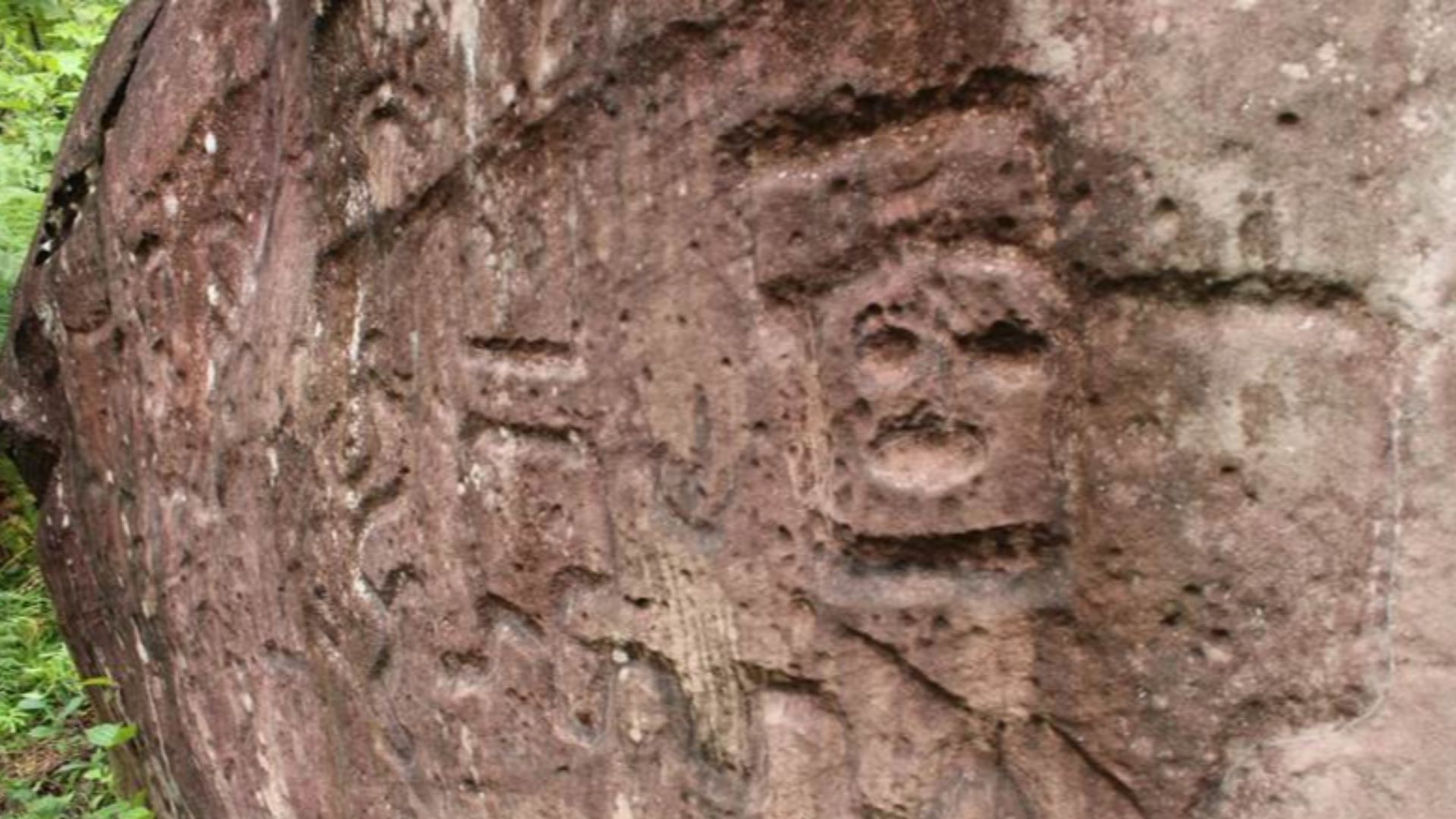 Javier cosavalente galán, Wikimedia Commons
Javier cosavalente galán, Wikimedia Commons
Condor
The Andean condor (Vultur gryphus) is one of the world’s largest flying birds and an iconic species of the South American Andes. It is recognized for its impressive size, soaring abilities, and cultural importance. The bird’s preferred habitats are open grasslands, alpine regions, and mountainous areas.
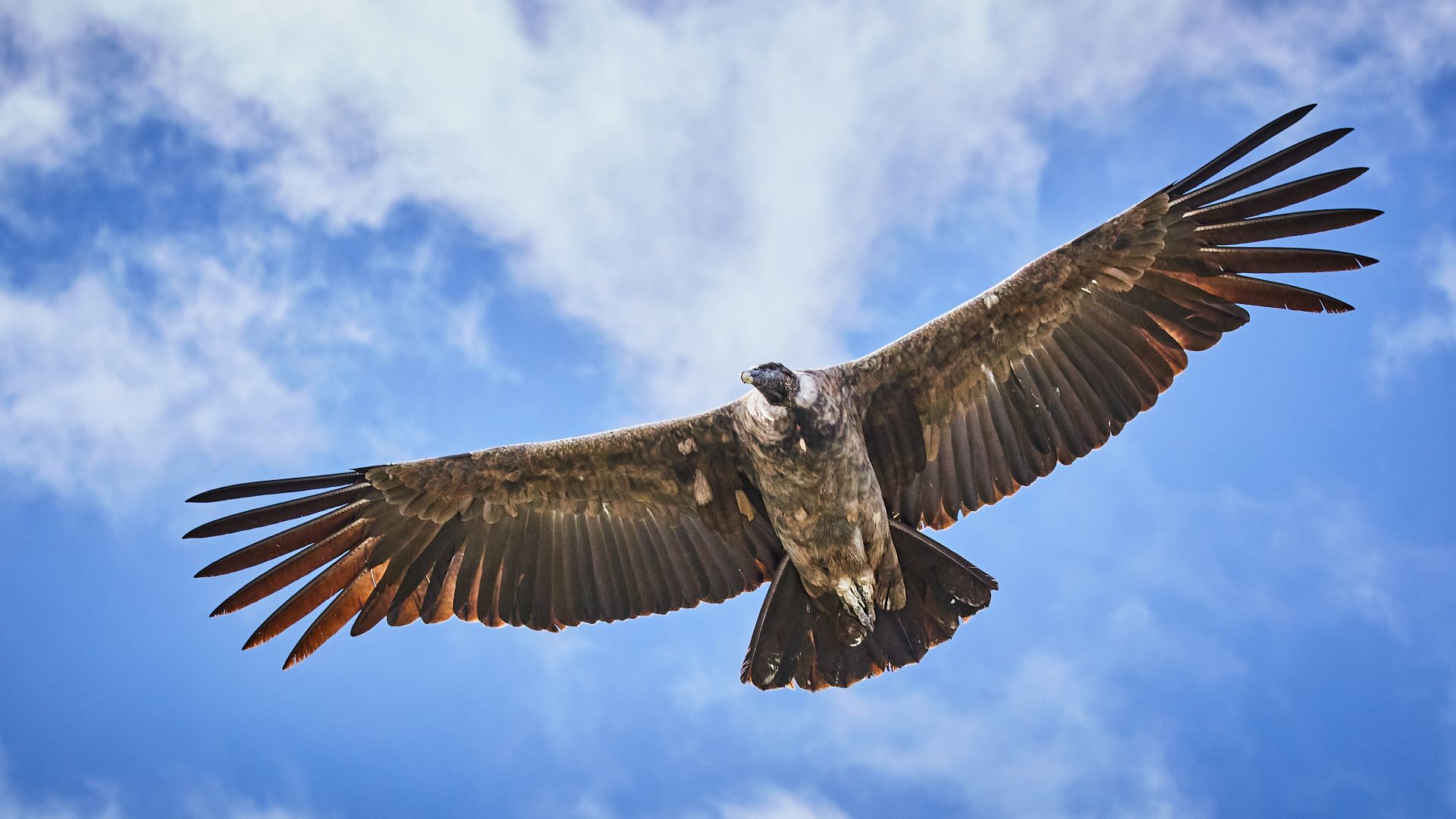 Thomas Fuhrmann, Wikimedia Commons
Thomas Fuhrmann, Wikimedia Commons
Geometric Patterns
Zigzags, rhombs (diamond shapes), and meanders are prominent geometric motifs that define the decorative style of Chachapoya architecture. Rhombs are basically diamond-shaped patterns that are generally arranged in horizontal bands or as part of more complex compositions. Besides, meanders are continuous, winding patterns.
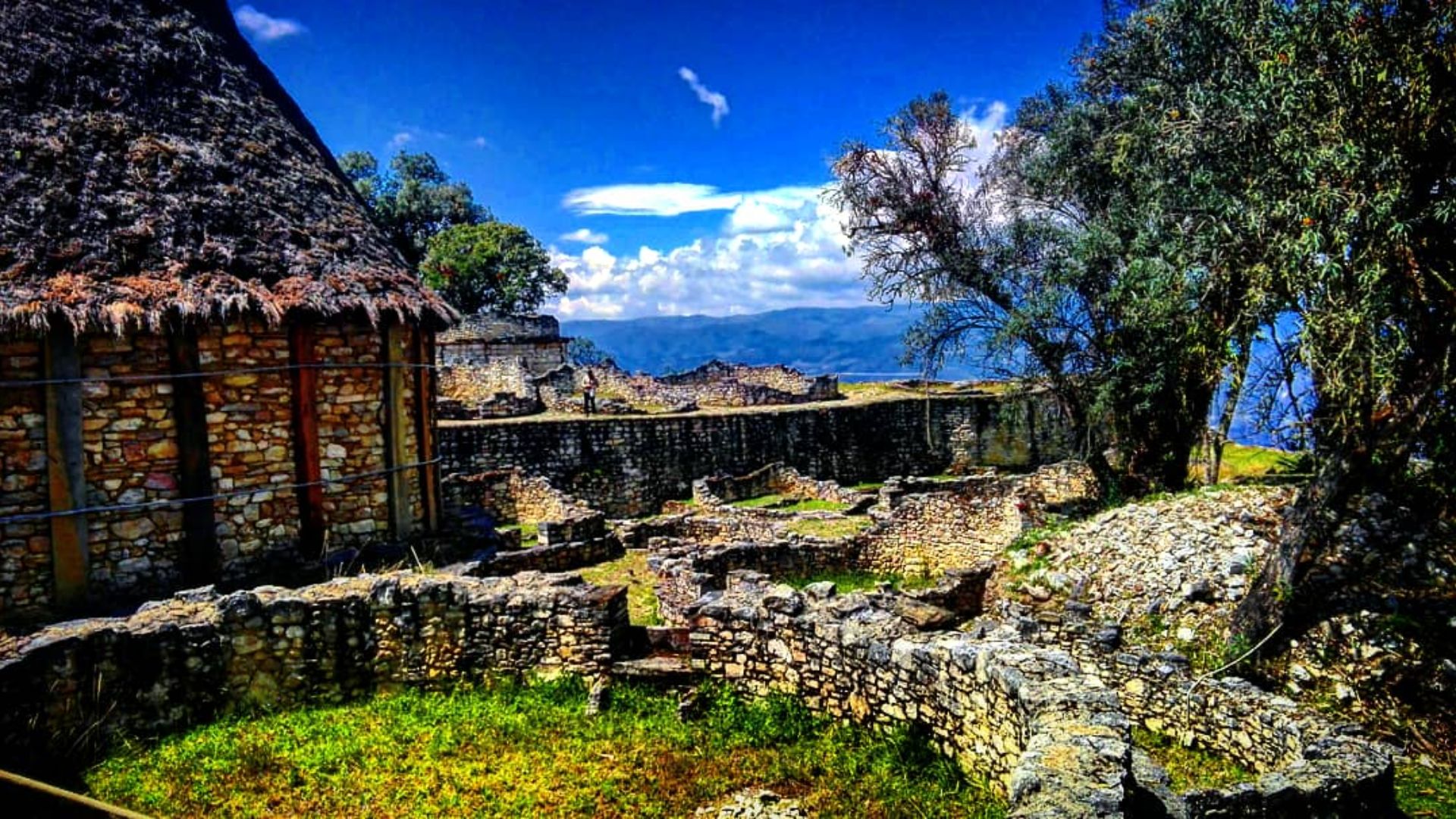 EdsonFuentesMera, Wikimedia Commons
EdsonFuentesMera, Wikimedia Commons
Ceremonial Significance
Gran Pajaten likely served as a major ceremonial center where the Chachapoya conducted critical religious rituals. The site's elevated position, elaborate decorations, and carefully planned architecture all point to its role as a sacred space where mountain communities gathered for festivals and ancestor worship.
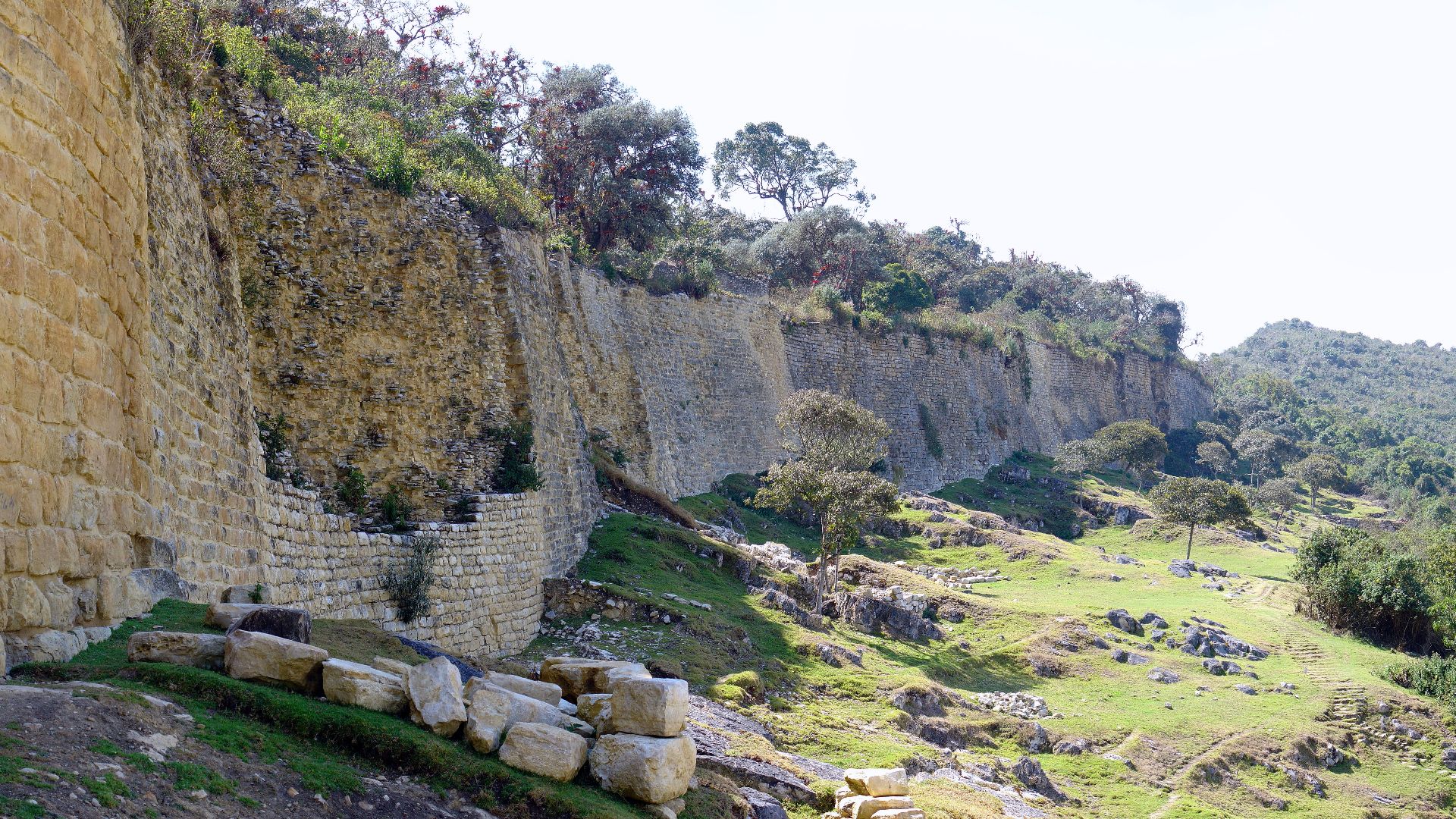 Martin St-Amant (S23678), Wikimedia Commons
Martin St-Amant (S23678), Wikimedia Commons
Mythical Creatures
Chroniclers and archaeological evidence indicate that the Chachapoya venerated the condor and the serpent as principal deities. The condor was seen as a messenger between the earthly and spiritual realms, while the serpent was associated with water, fertility, the underworld, and cycles of rebirth.
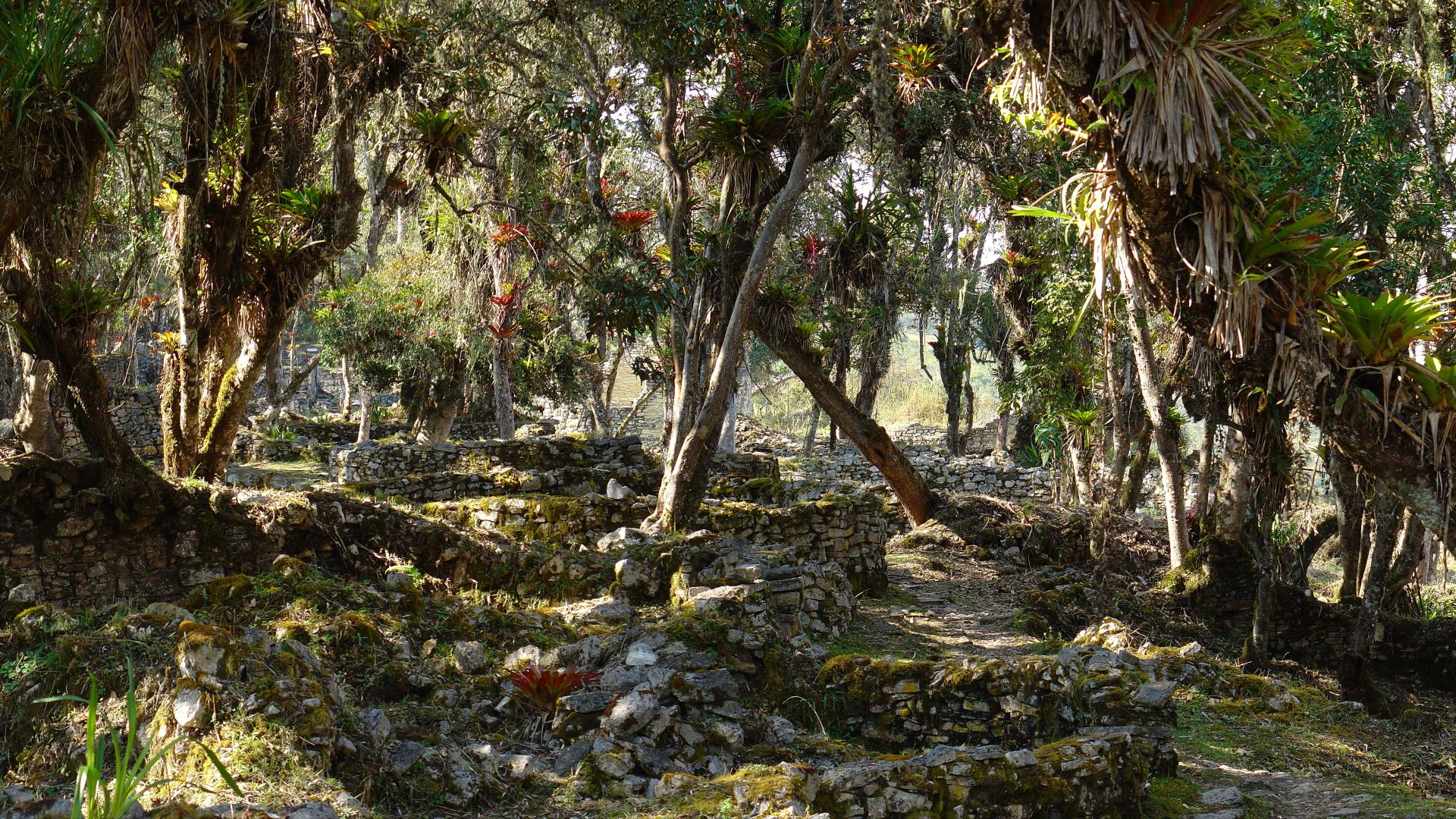 Martin St-Amant (S23678), Wikimedia Commons
Martin St-Amant (S23678), Wikimedia Commons
Ancestor Worship
As per sources, ancestor worship was another core aspect of the Chachapoya religion. Prominent kin groups used to inter their deceased in cliffside mausolea, such as those at Los Pinchudos and Laguna de los Condores, maintaining access to mummies for ritual consultation.
Mortuary Rituals
Chachapoya mortuary rituals included the use of conical clay sarcophagi (purunmachus) and the painting of pictographs, such as large red concentric circles, above tombs. Ritual offerings, including quartz crystals and rare metals, have been found at ceremonial sites like La Playa, suggesting elite ritual activity.
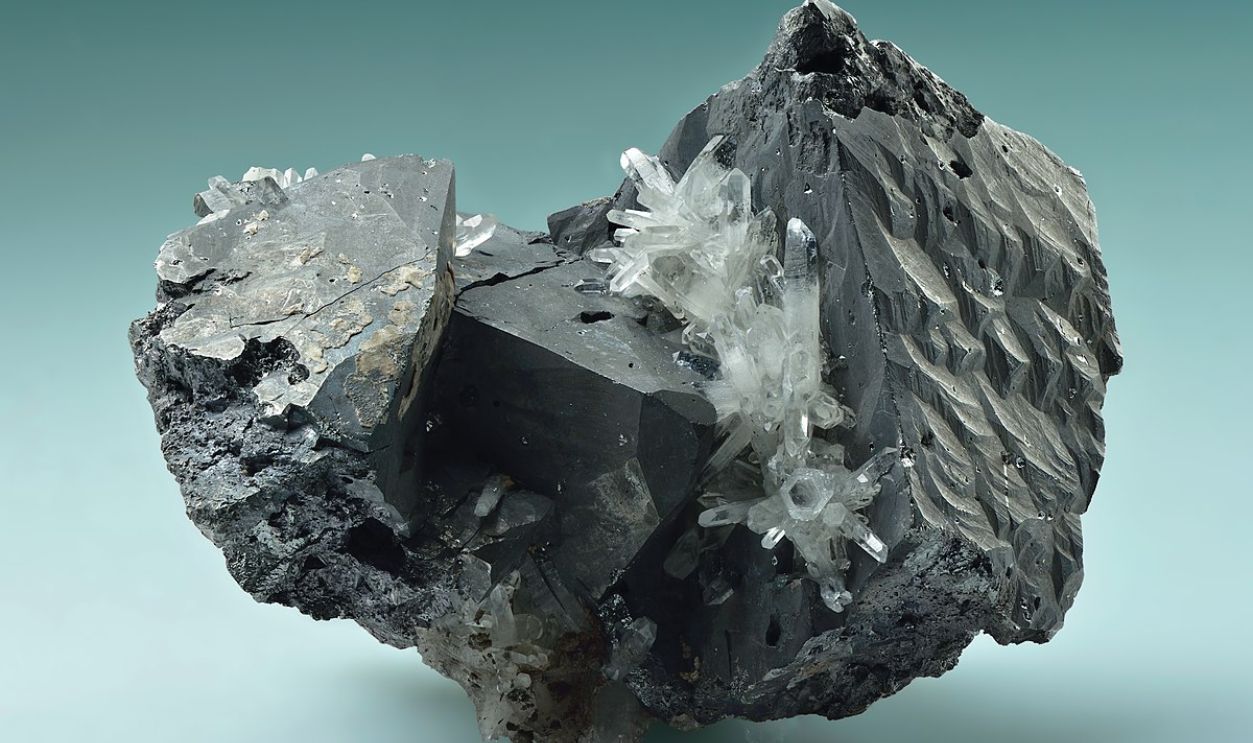 Ivar Leidus, CC BY-SA 4.0, Wikimedia Commons
Ivar Leidus, CC BY-SA 4.0, Wikimedia Commons
Kuelap
Several other important Chachapoya settlements and historical locales have also been identified. For instance, Kuelap was the most famous Chachapoya site. It is a massive walled city featuring hundreds of circular stone buildings and monumental defensive walls. It was a functioning political center.
Gran Saposoa
Rather than a single town, Gran Saposoa refers to a cluster of separate places spread across a large area. The ruins are characterized by hundreds of round stone structures, which are typical of Chachapoya architecture, and are believed to include both residential and ceremonial buildings.
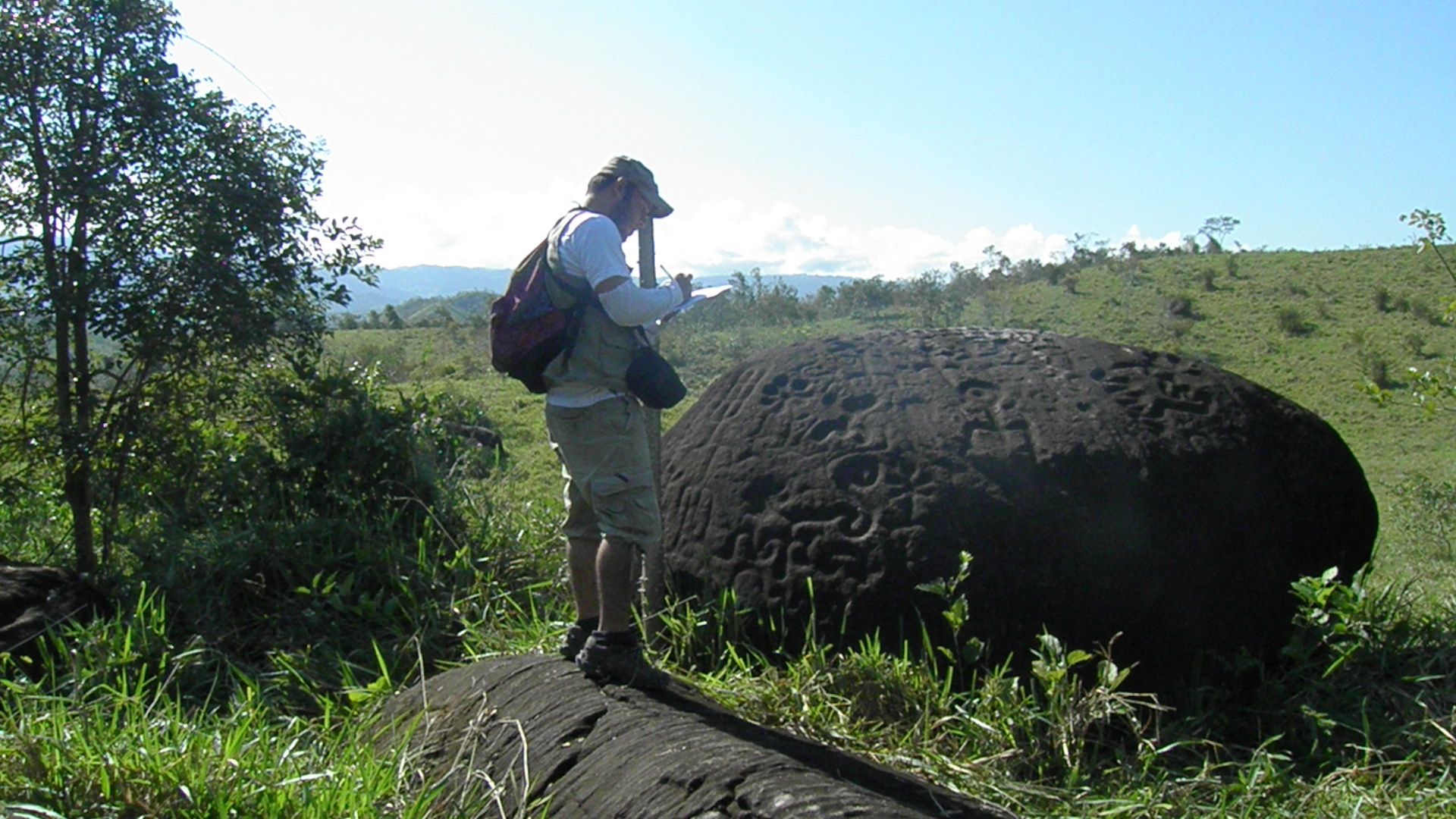 COSAVALENTE, Wikimedia Commons
COSAVALENTE, Wikimedia Commons
Atumpucro
Recent research has identified around 150 circular stone homes at Atumpucro, accompanied by impressive walls. Atumpucro also displays platforms and terraces, which were critical for constructing buildings on the region’s steep slopes. Defensive or retaining walls were present here.
Cliffside Tombs
So, these folks developed extraordinary burial practices that set them apart in the ancient Andes, most notably their construction of elaborate tombs carved directly into sheer cliff faces. These vertical cemeteries, such as those at La Petaca, Karajia, and Revash, were accessible only through dangerous climbing.
Sarcophagi
The sarcophagi known as purunmachus are an iconic burial tradition of the Chachapoya culture, most famously represented by the Sarcophagi of Carajia in northern Peru. These anthropomorphic coffins were built directly onto narrow ledges high up on the cliff faces.
Sarcophagi (Cont.)
Each sarcophagus typically held a single mummified individual, placed in a fetal position, wrapped in a cotton mantle, and tied with ropes. The body was often accompanied by a funerary trousseau, like ceramics, textiles, and other offerings that demonstrated the importance of the afterlife.
Mausoleums
Mausoleums, such as those at Revash, are constructed to look like little houses, complete with gabled roofs and sometimes decorative motifs. This design likely symbolized a “home” for the dead, which reinforces the connection between ancestors and the living community.
Site Preservation
To safeguard both the archaeological site and the surrounding Rio Abiseo National Park, which is a UNESCO World Heritage Site for its cultural and natural value, public access has been strictly limited. Entry is only allowed with special permits from Peruvian authorities.
 Parque nacional Rio Abiseo - Amazonas - Perú by Infrastellar
Parque nacional Rio Abiseo - Amazonas - Perú by Infrastellar
Future Discoveries
Juan Pablo de la Puente emphasizes that researchers are "only scratching the surface" of Gran Pajaten's secrets. The combination of advanced technology, careful methodology, and protected site status promises decades of future discoveries that will continue expanding our understanding of Chachapoya achievements and mountain civilizations.

